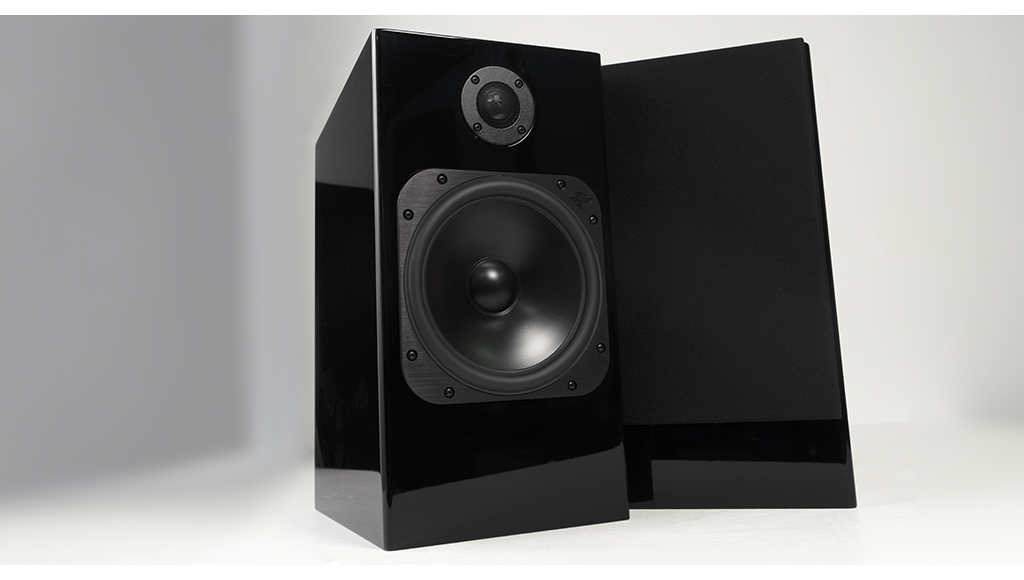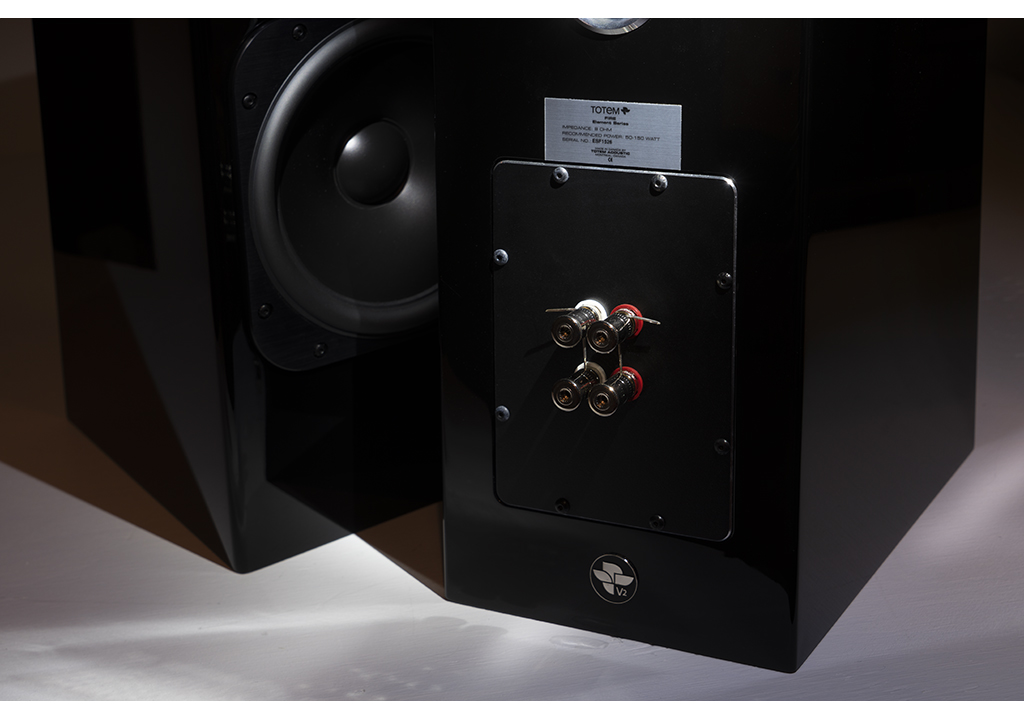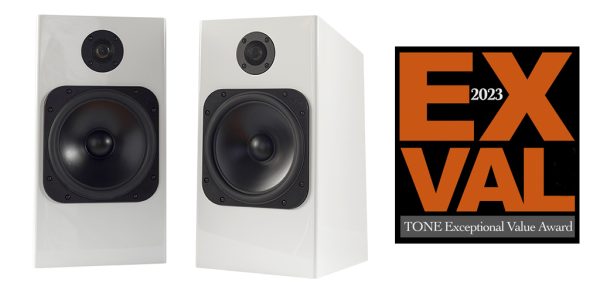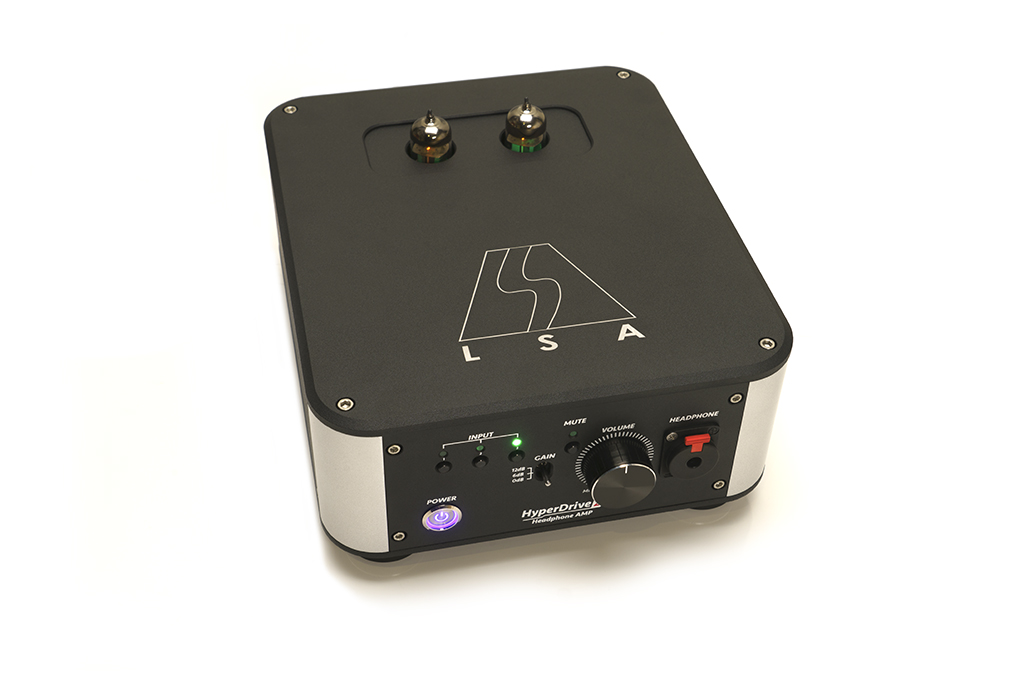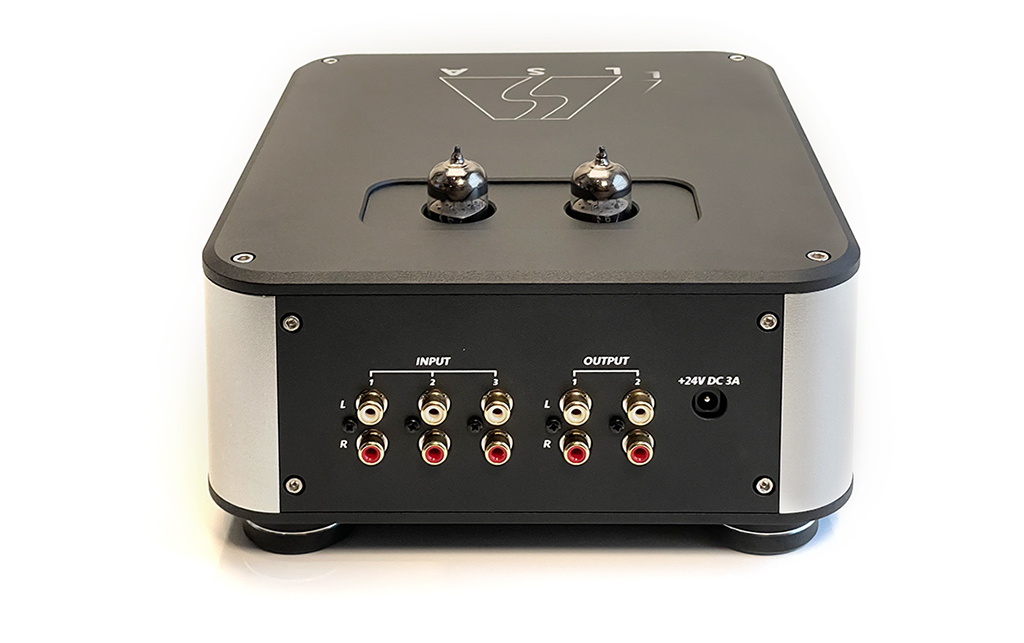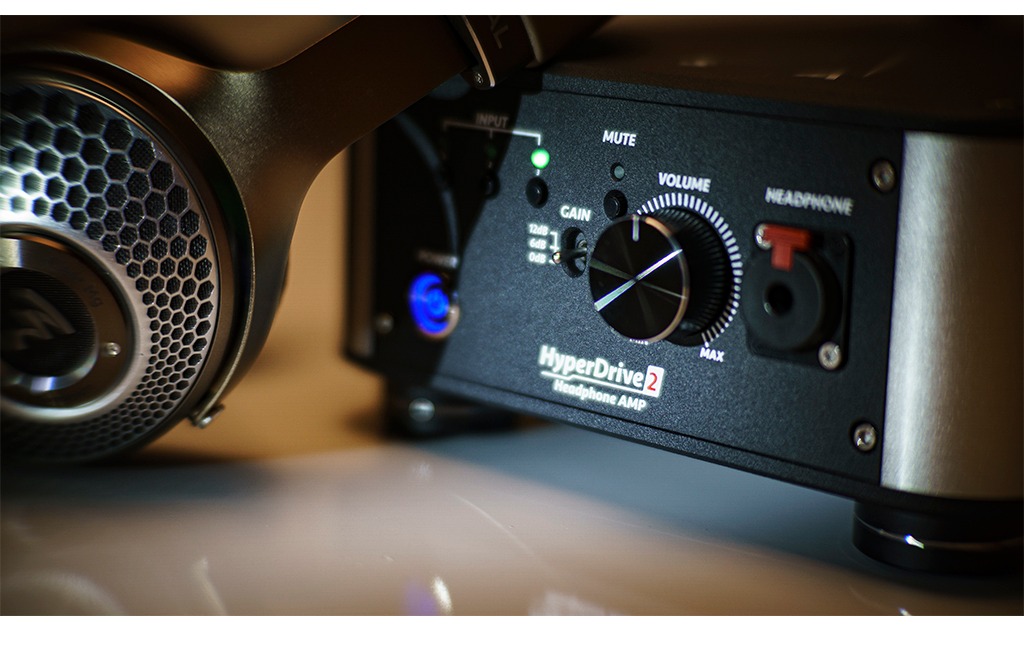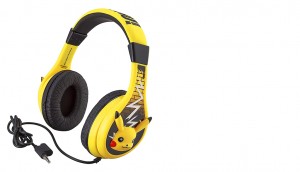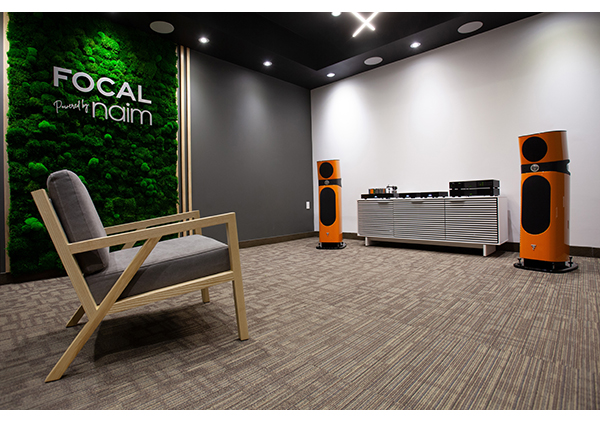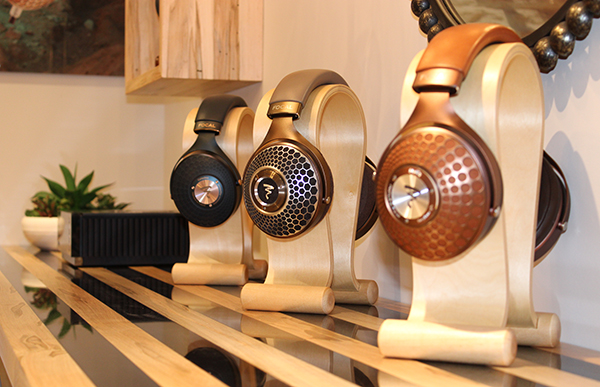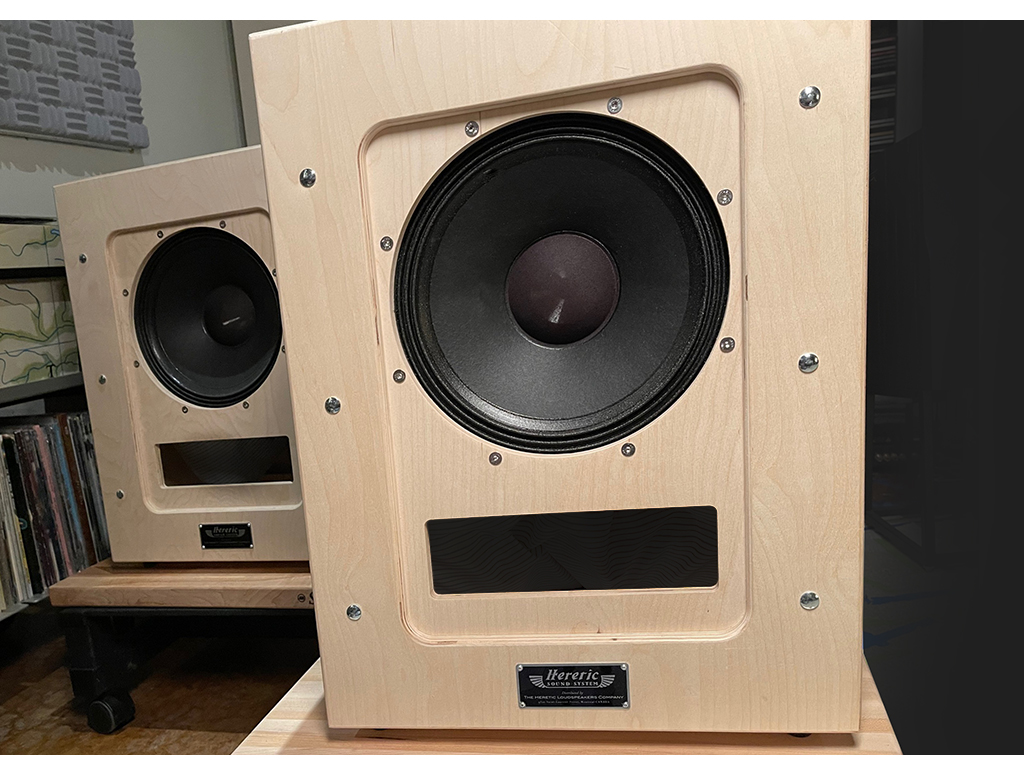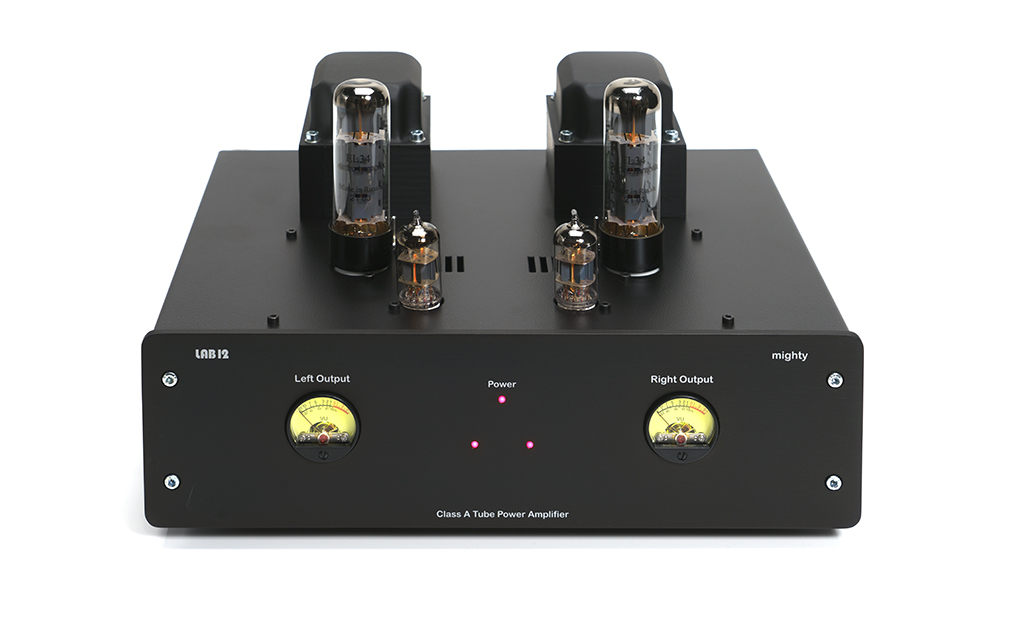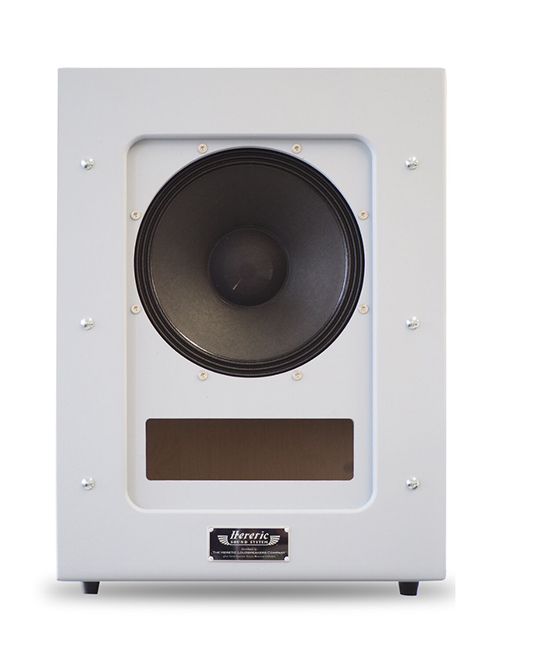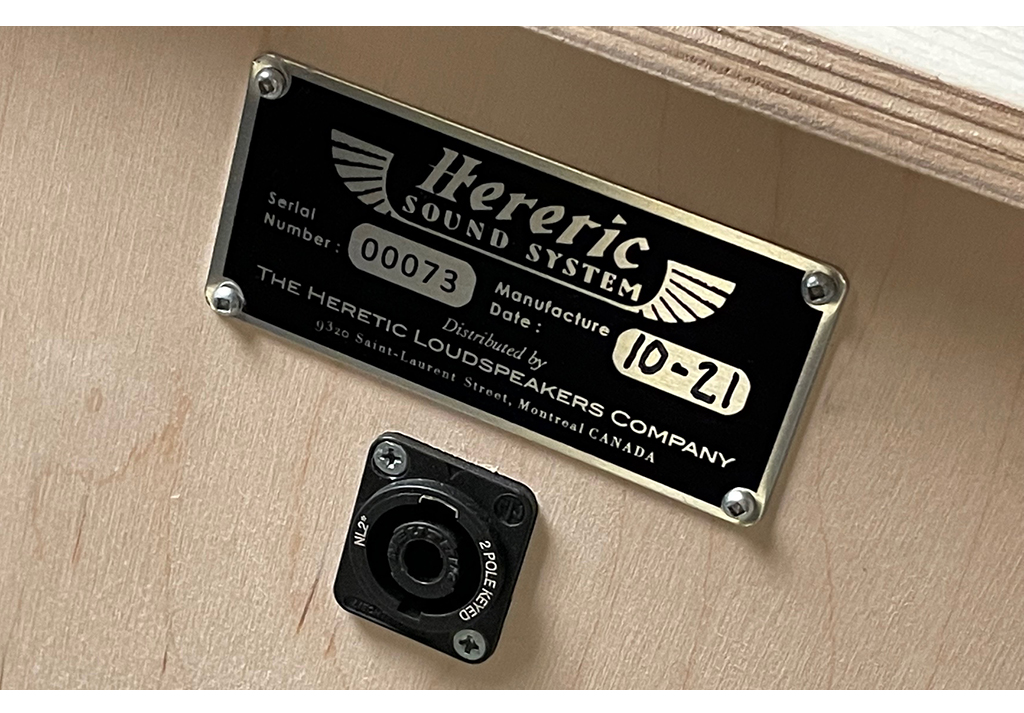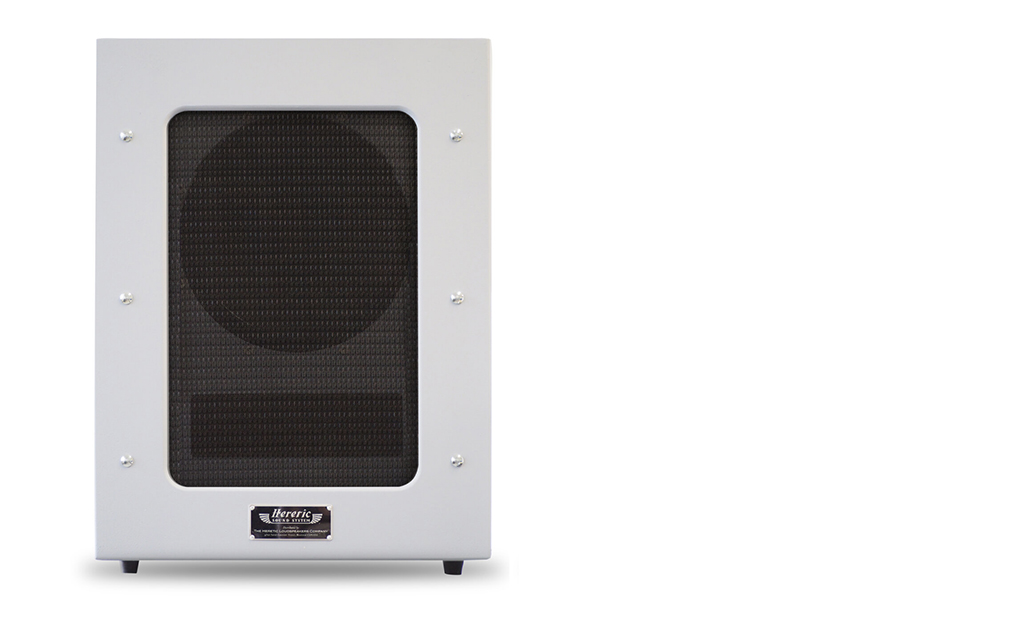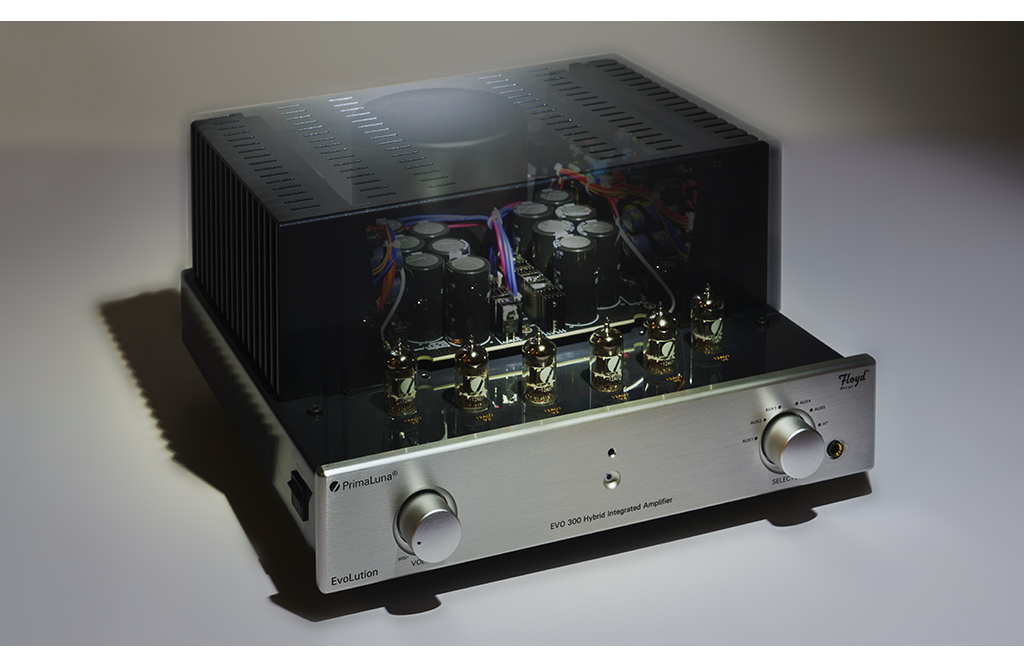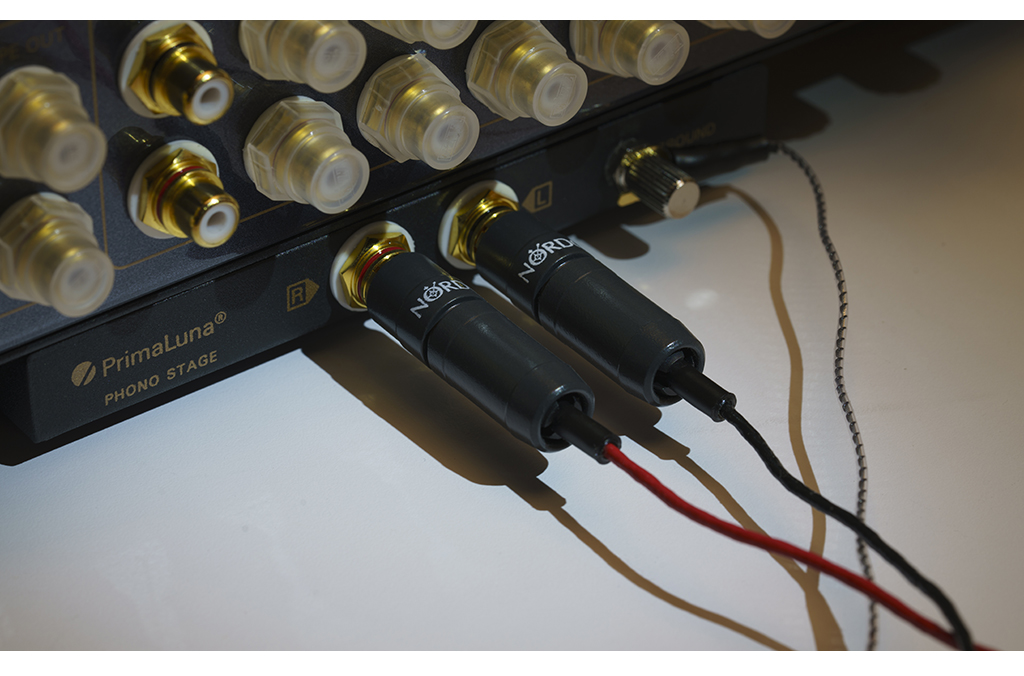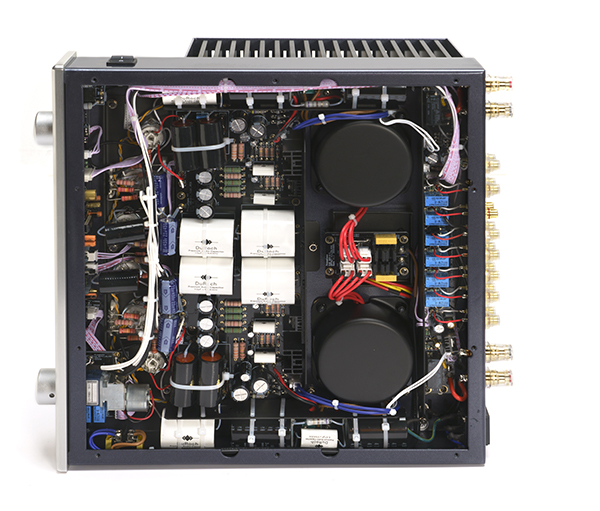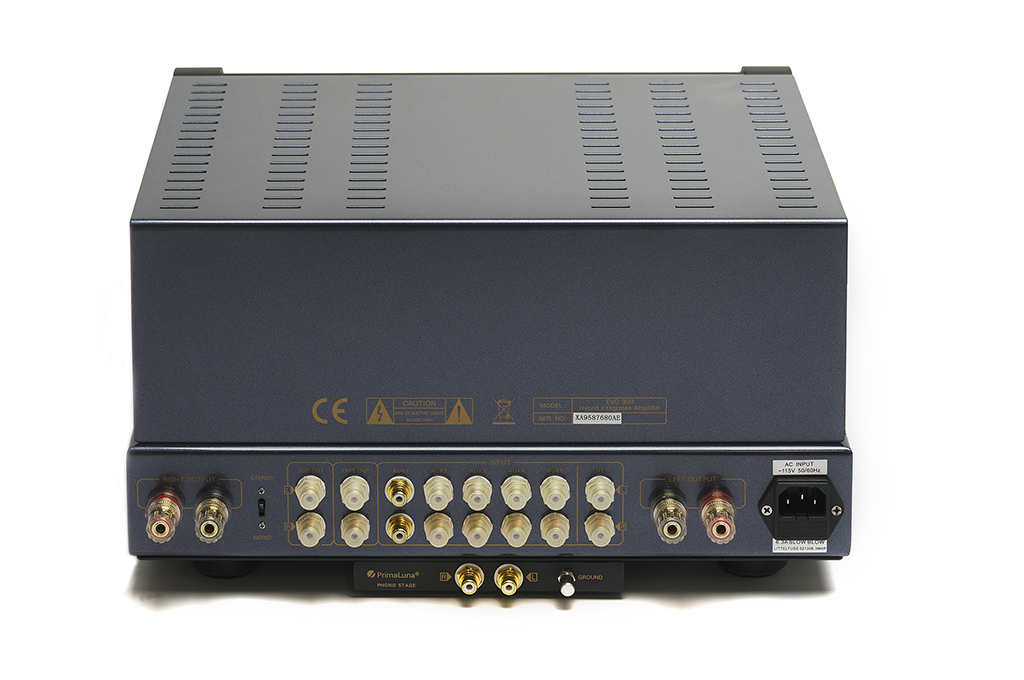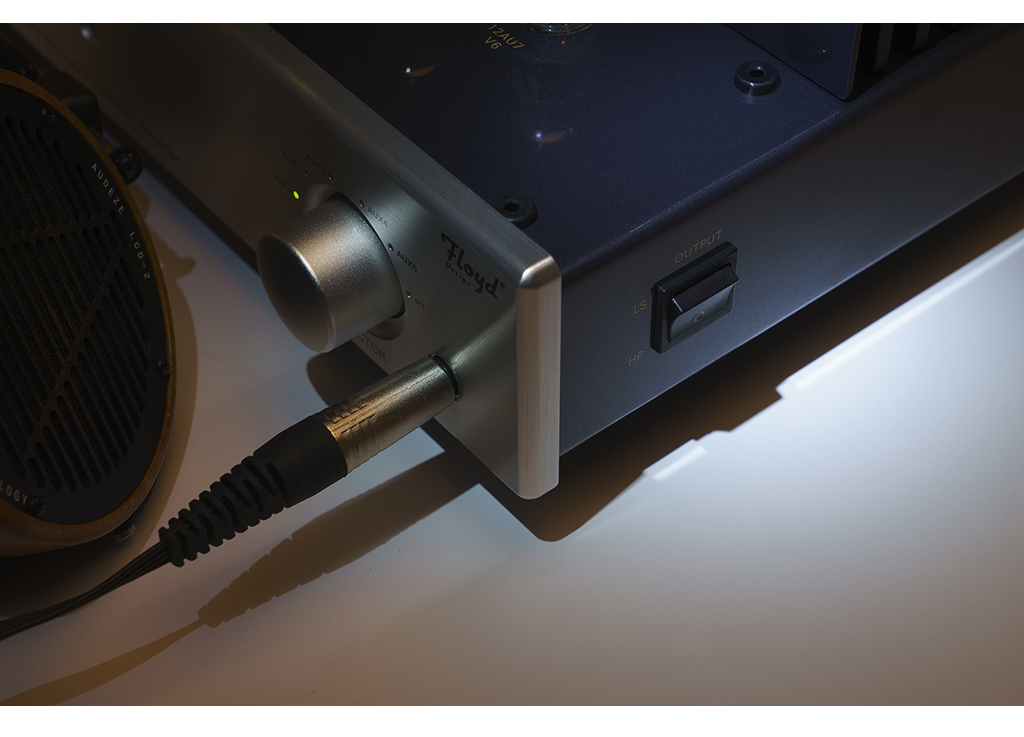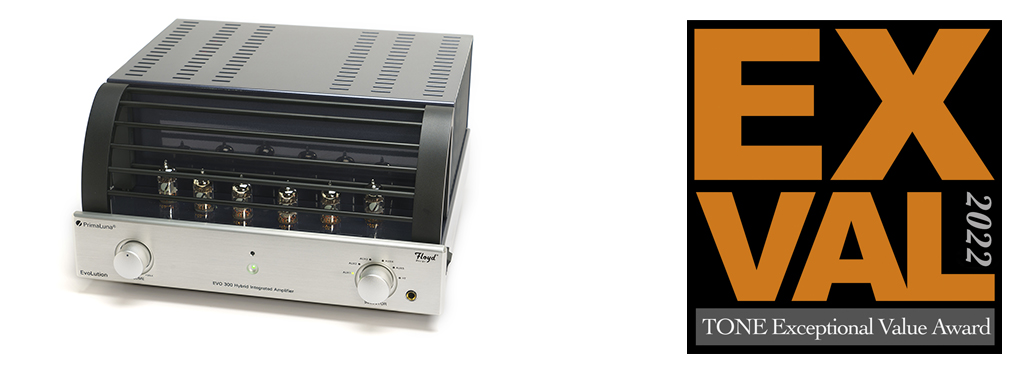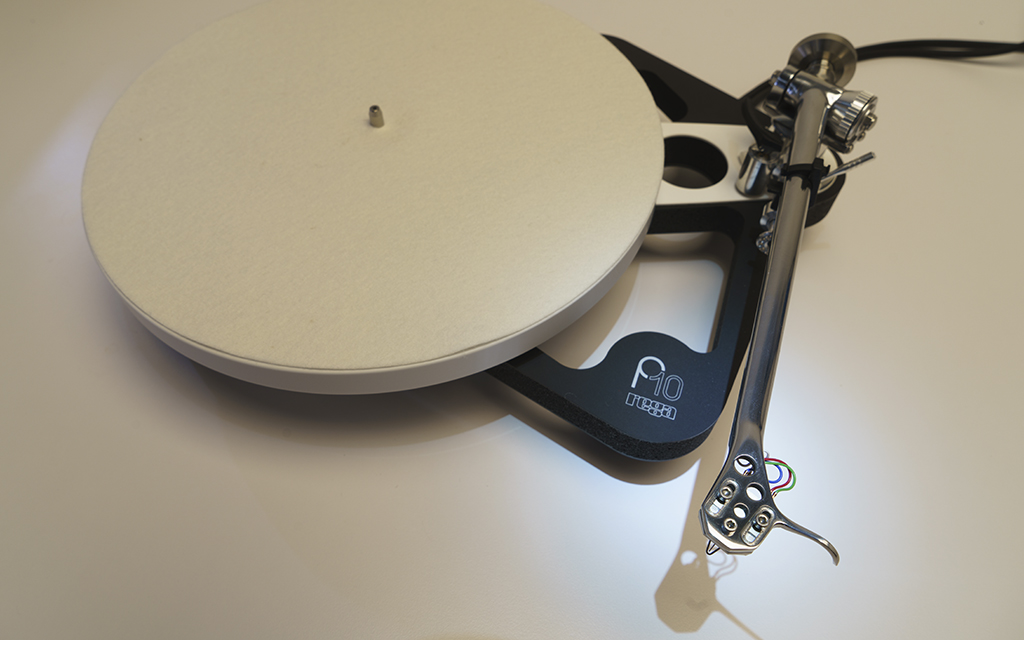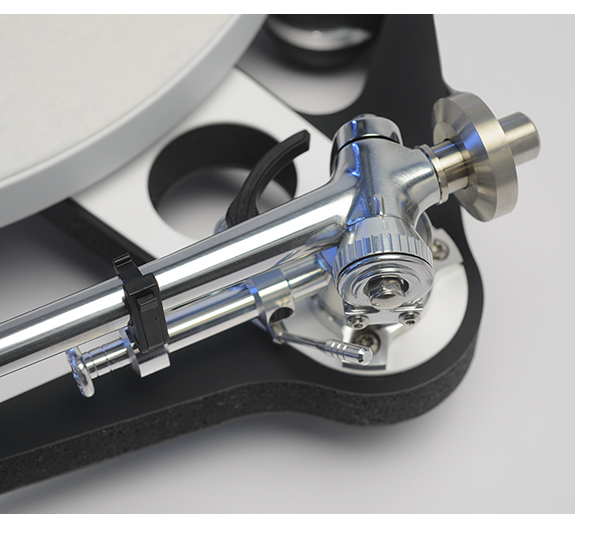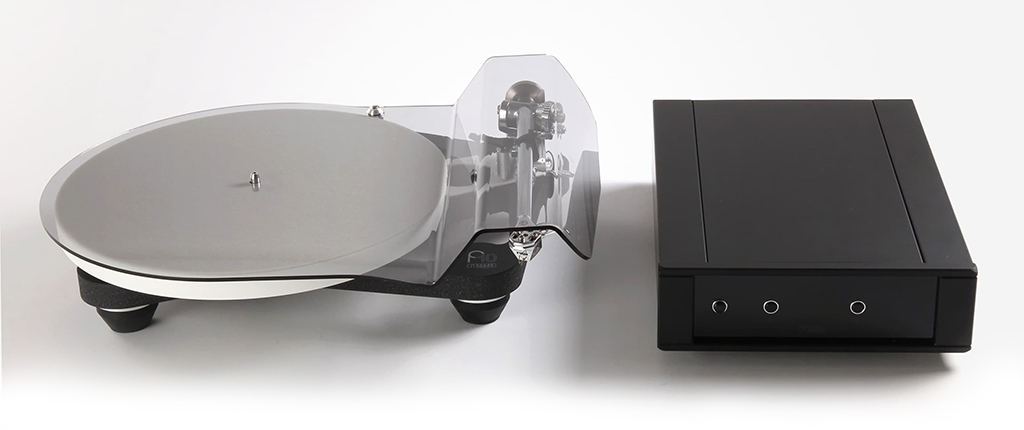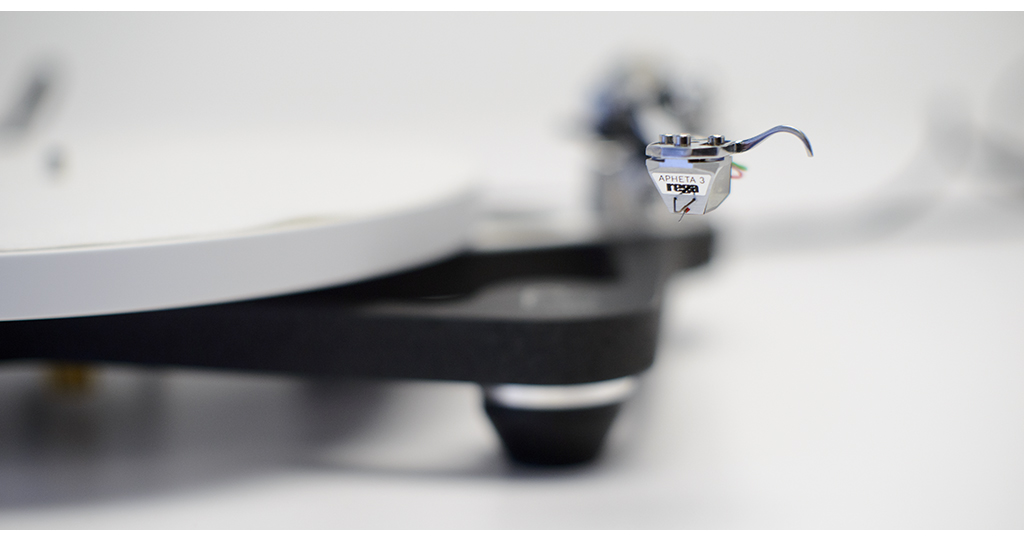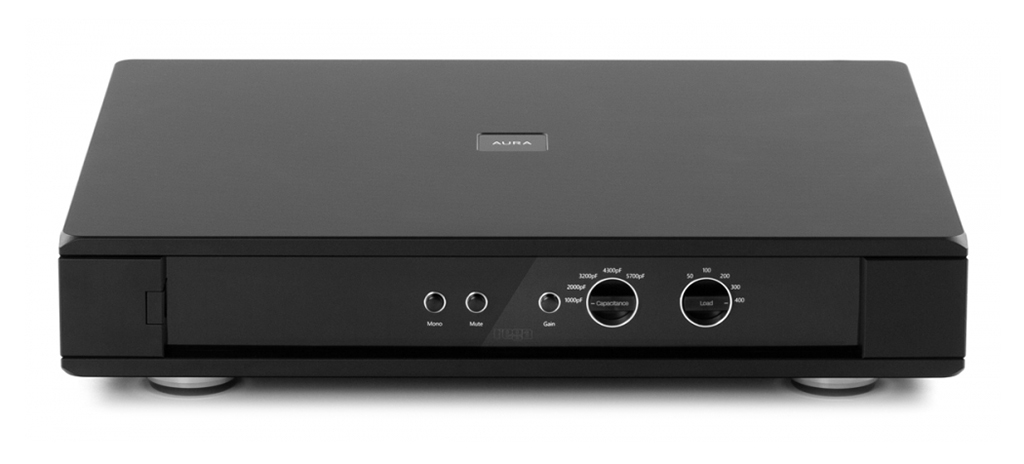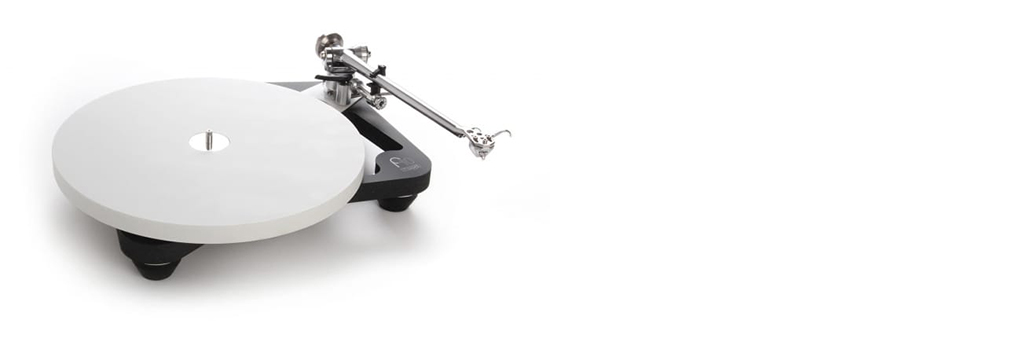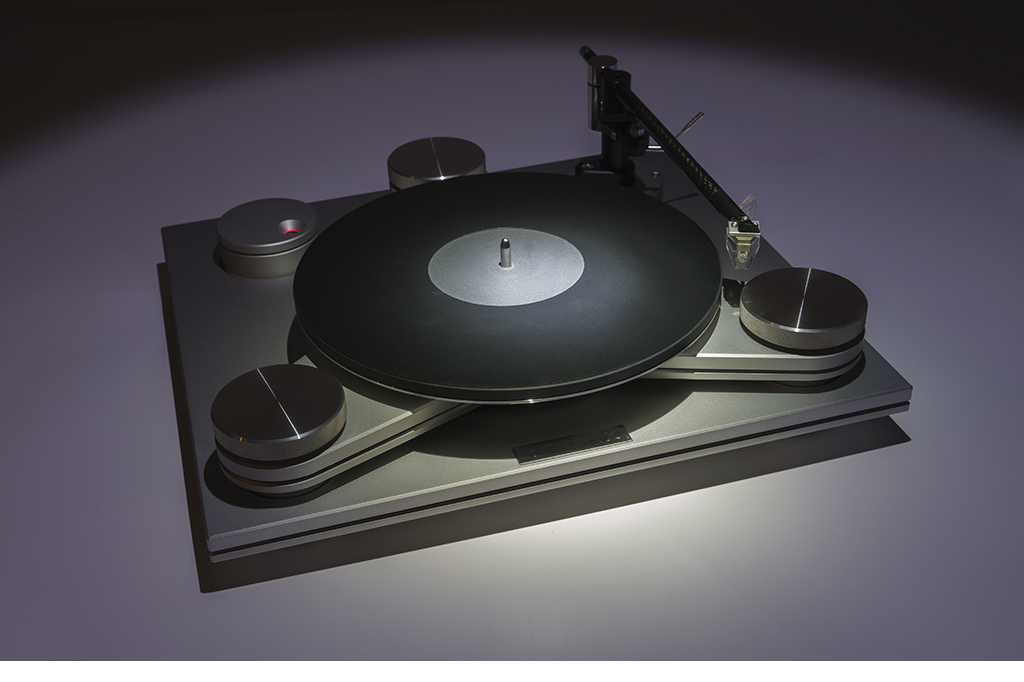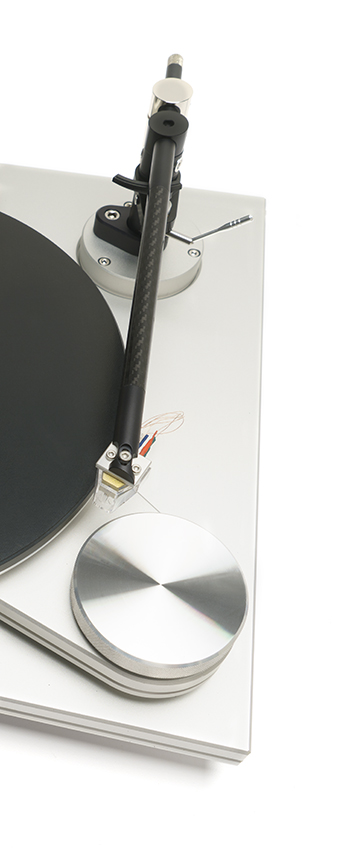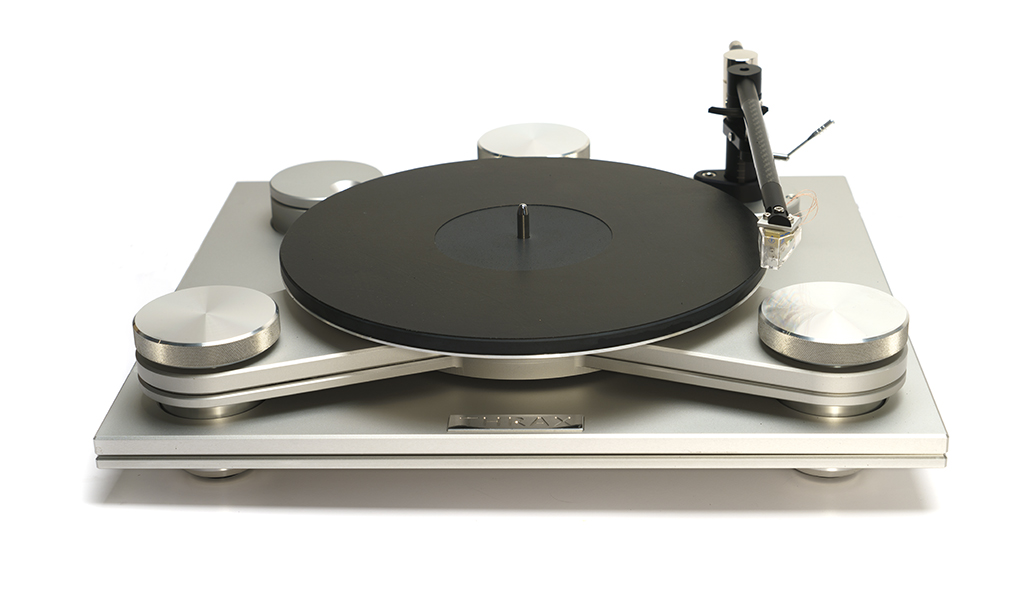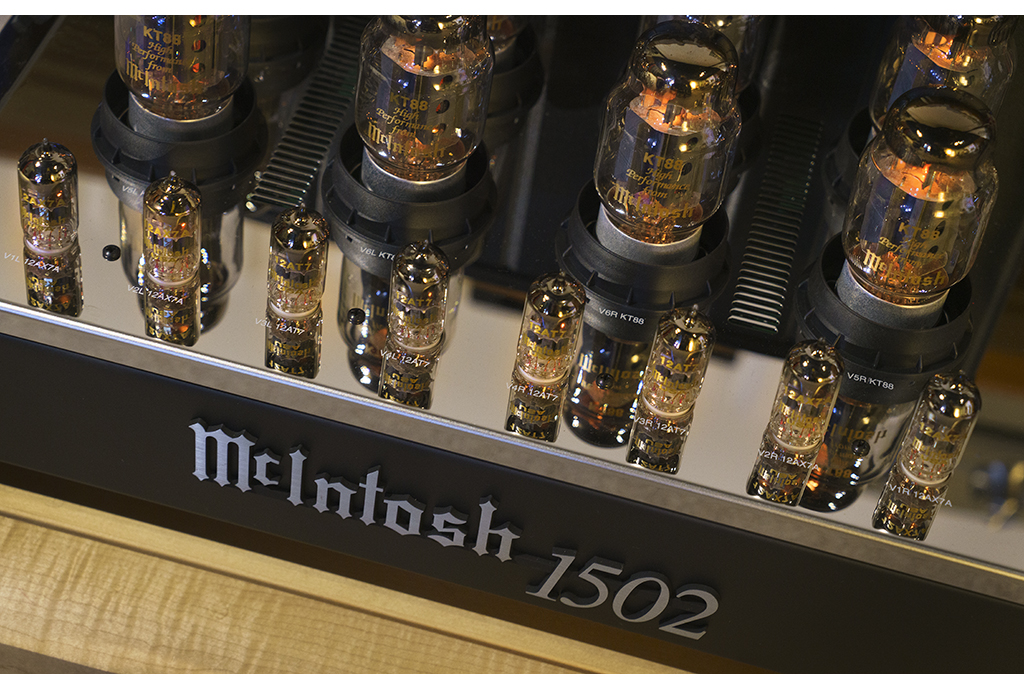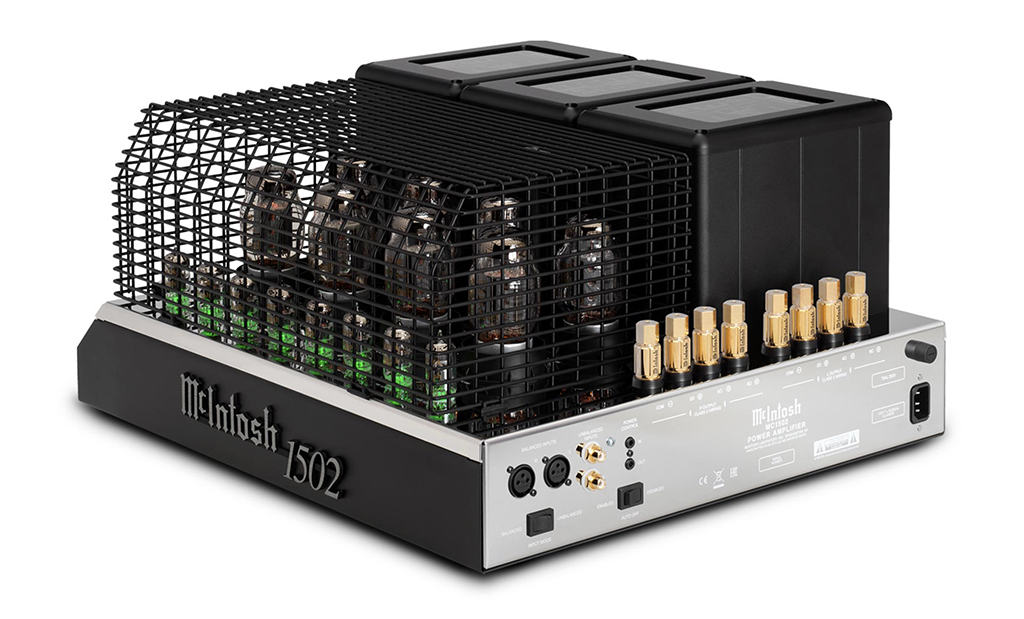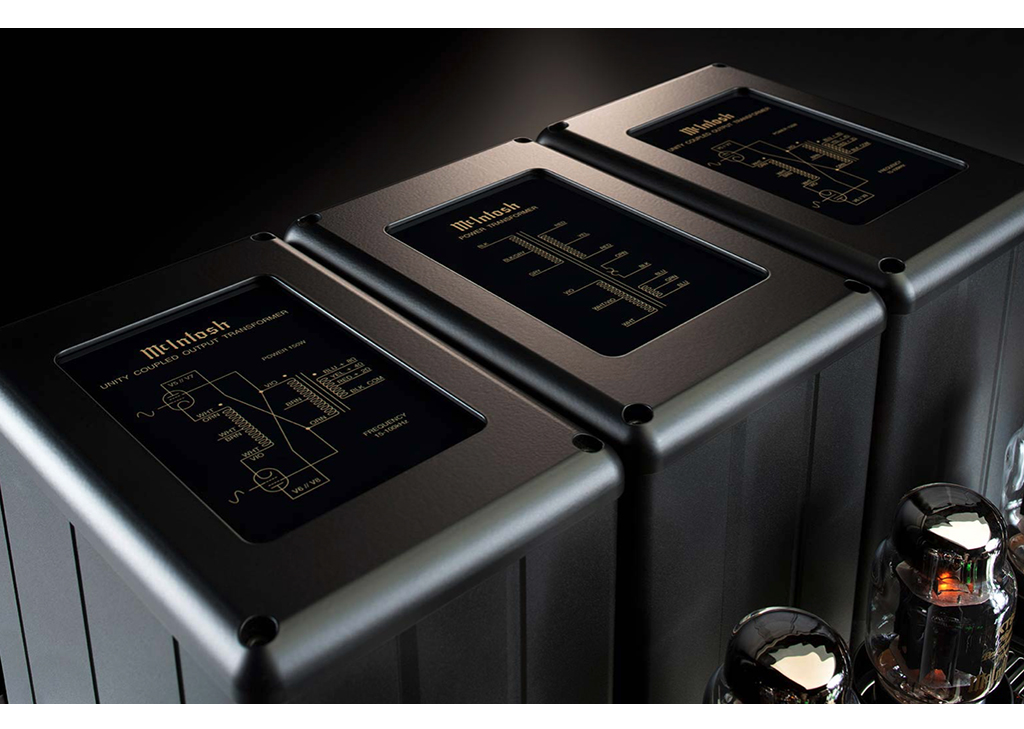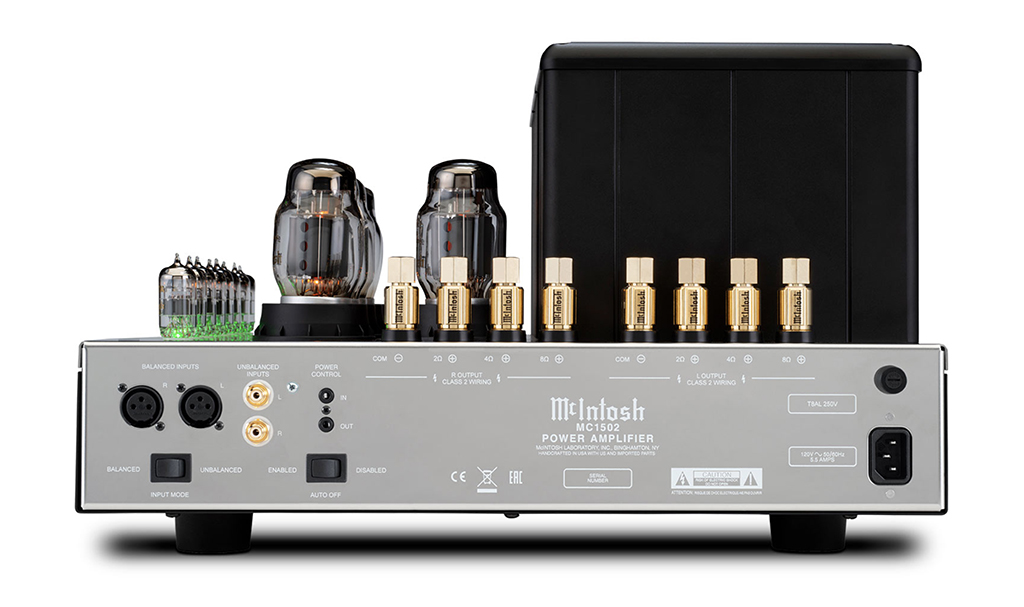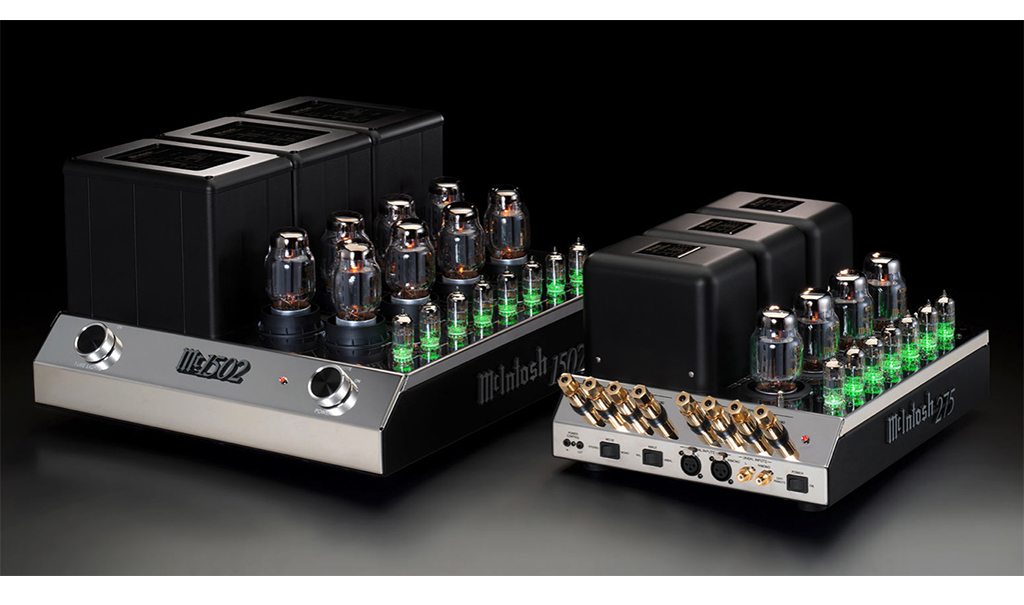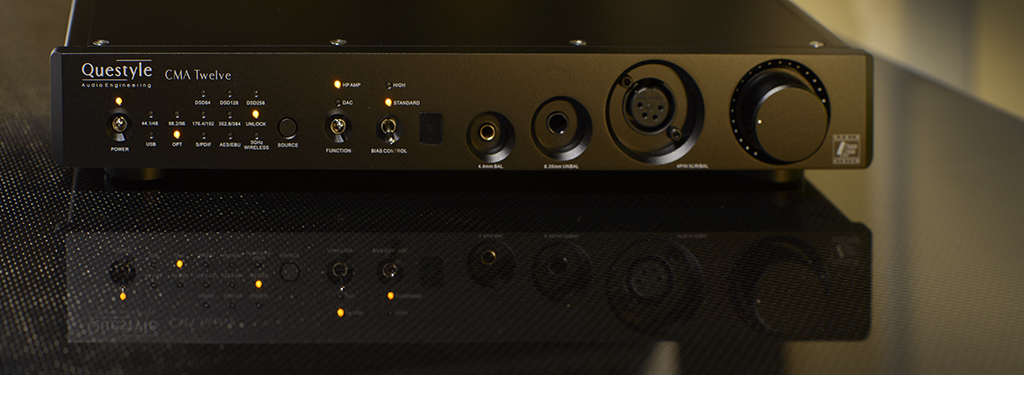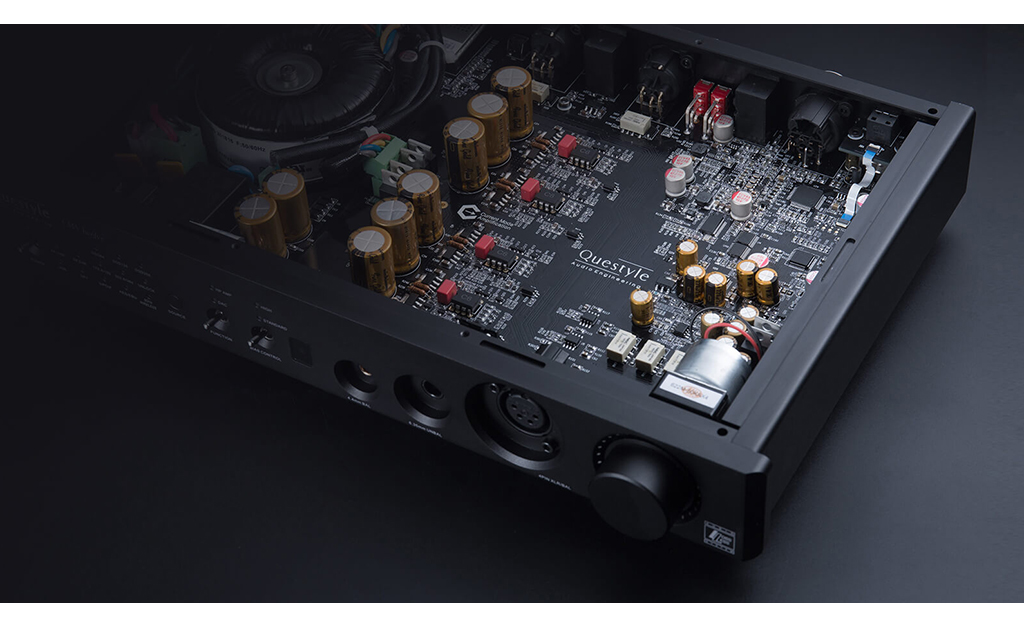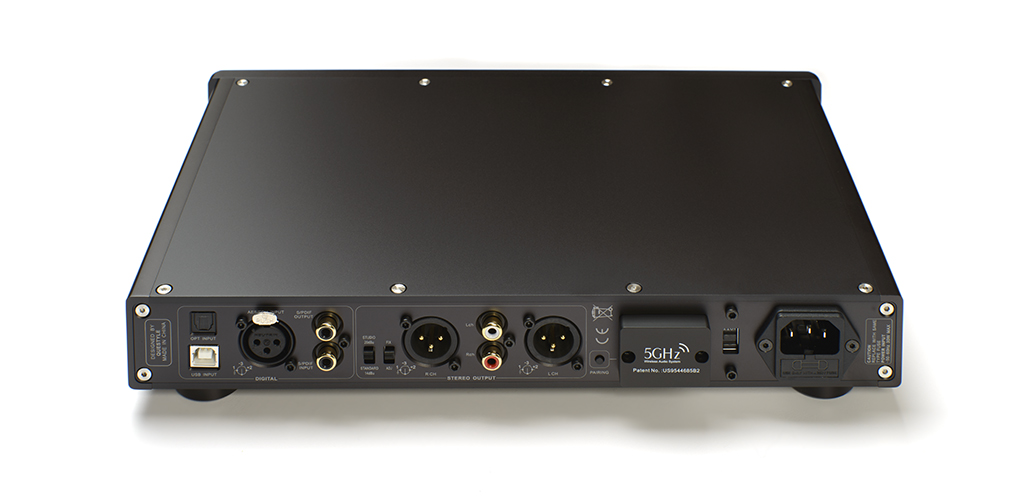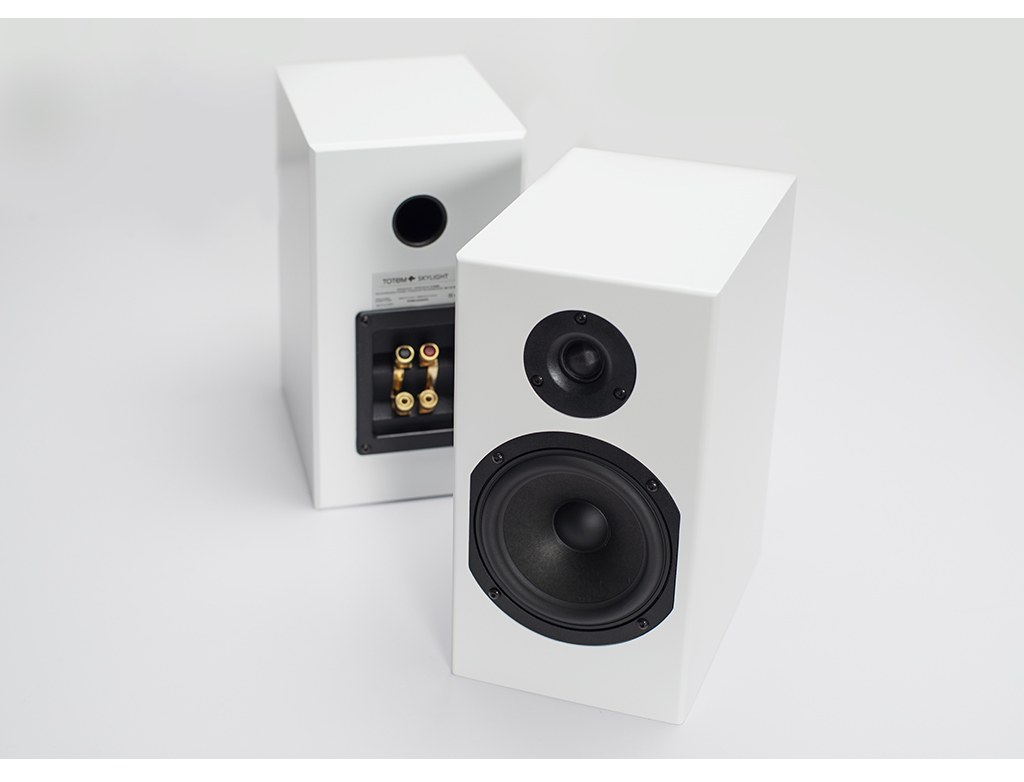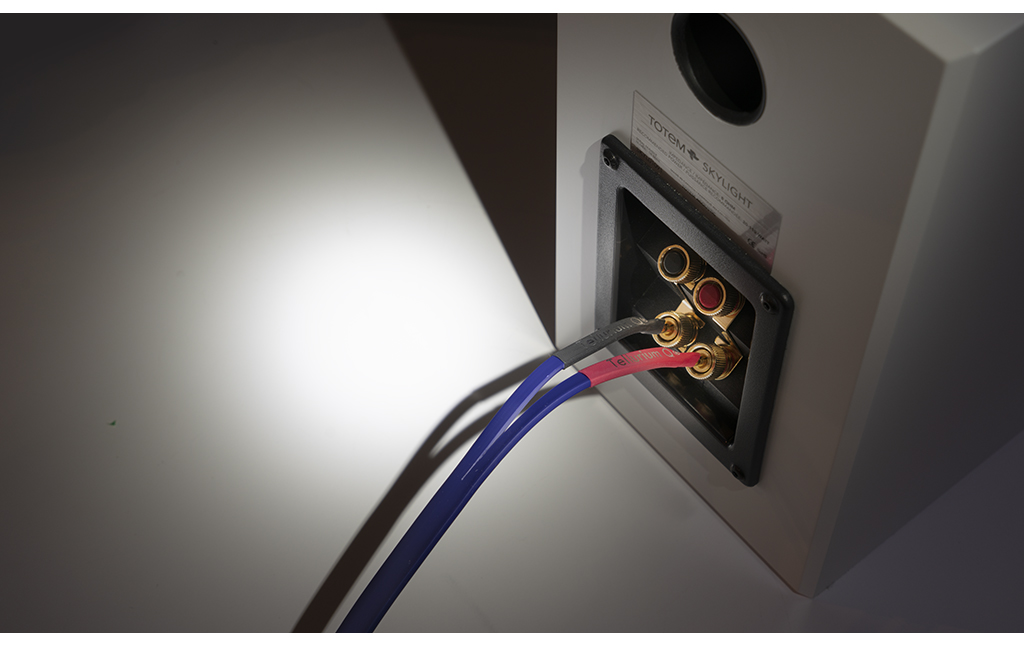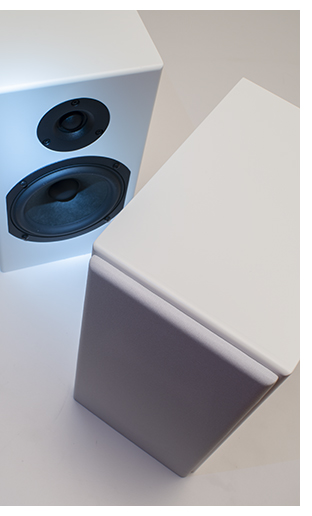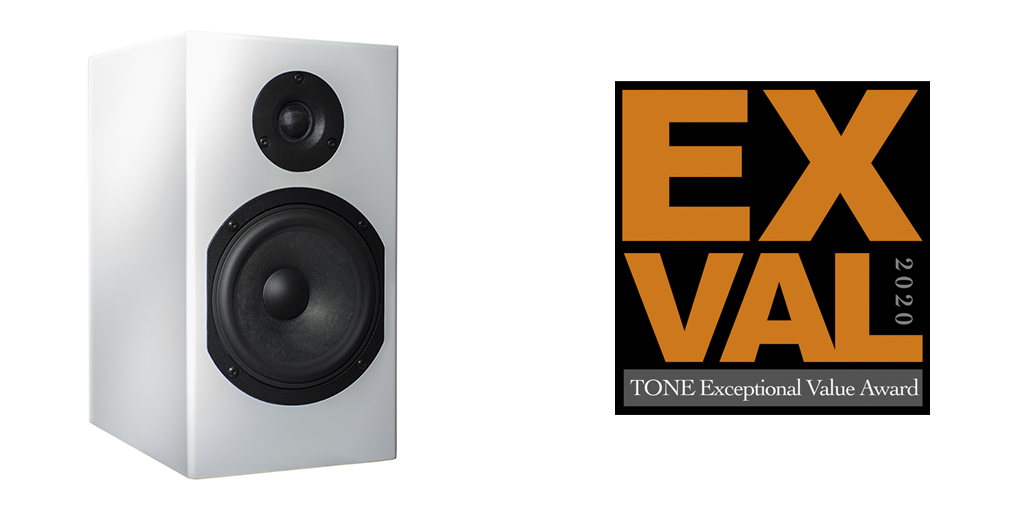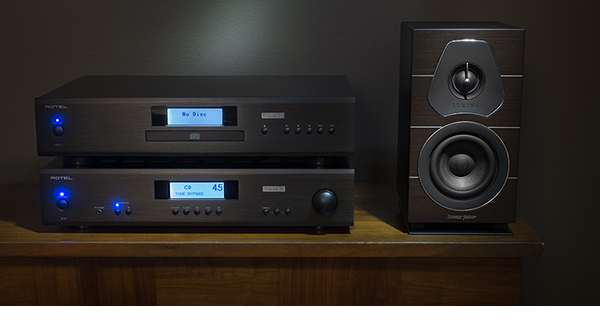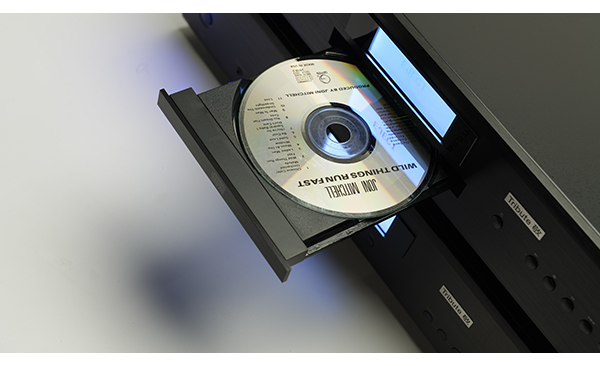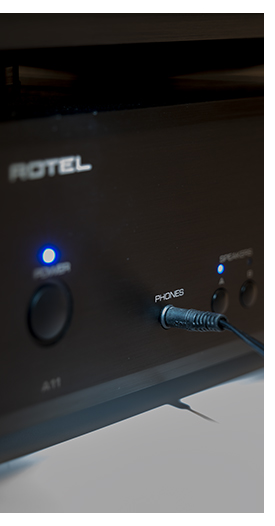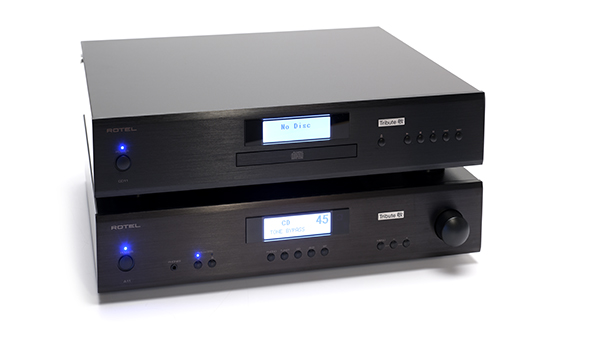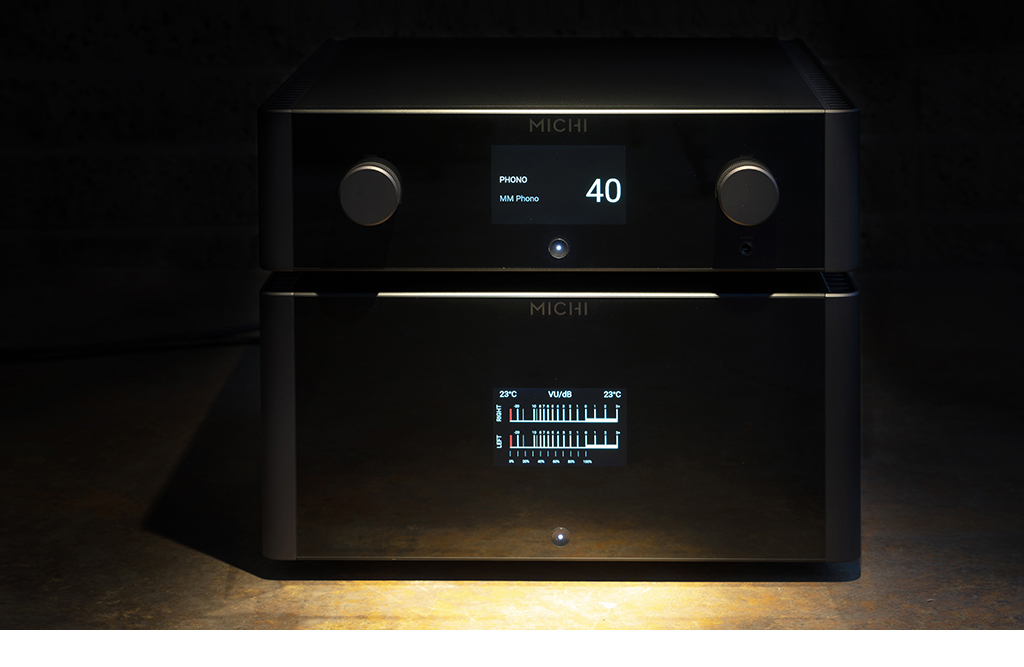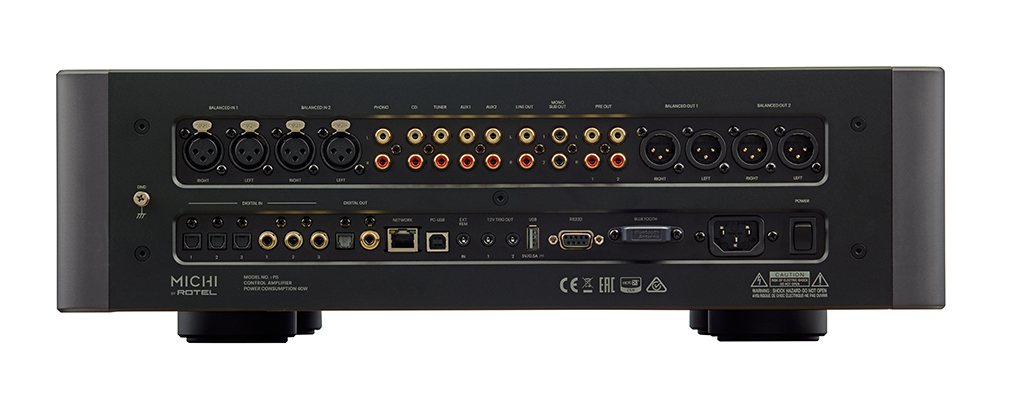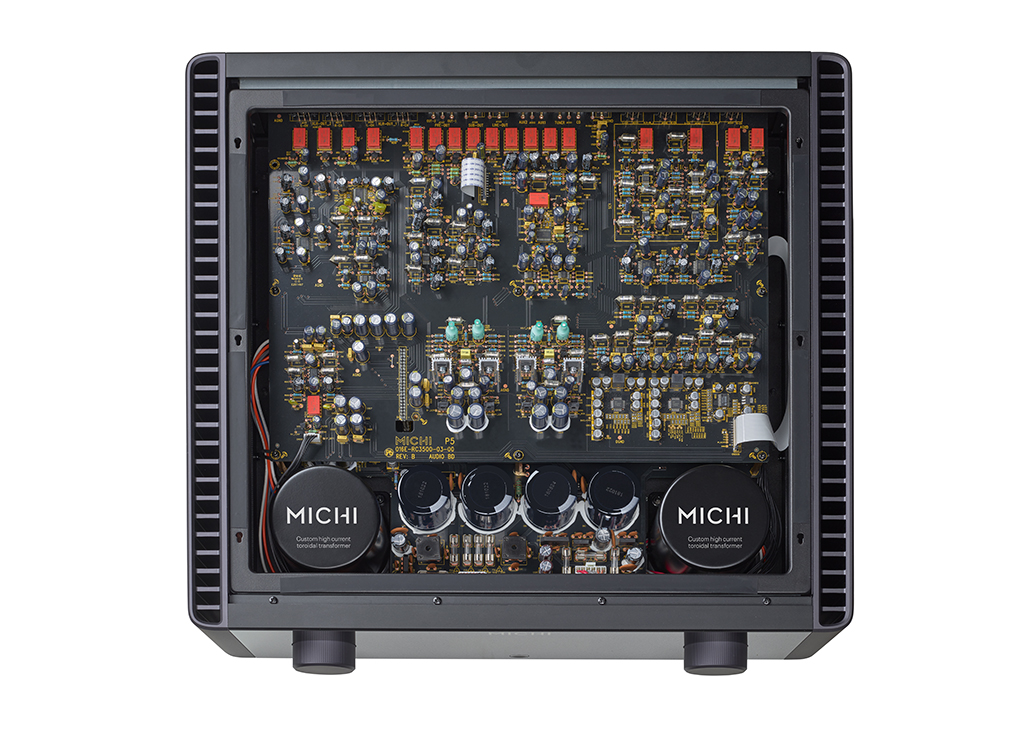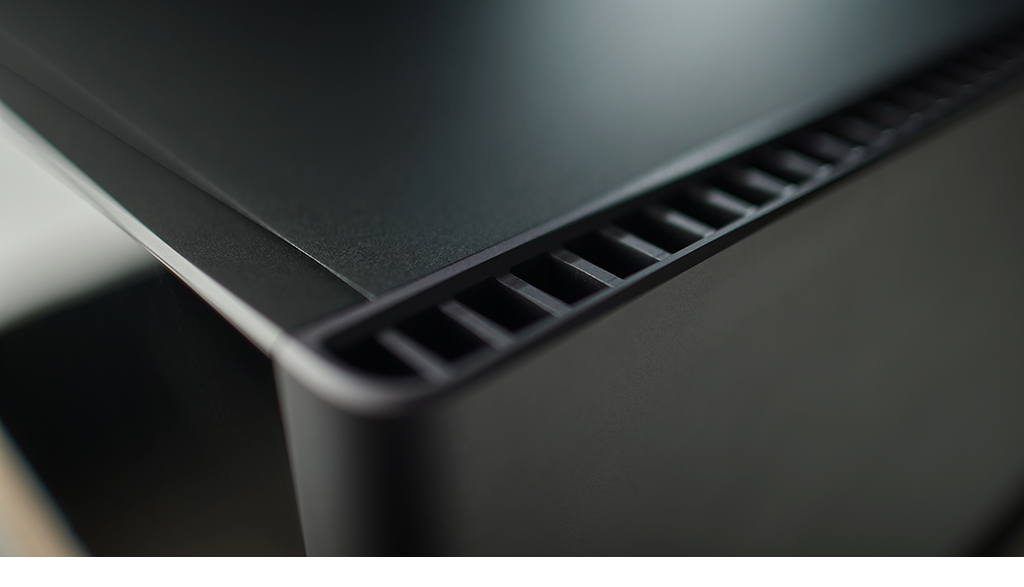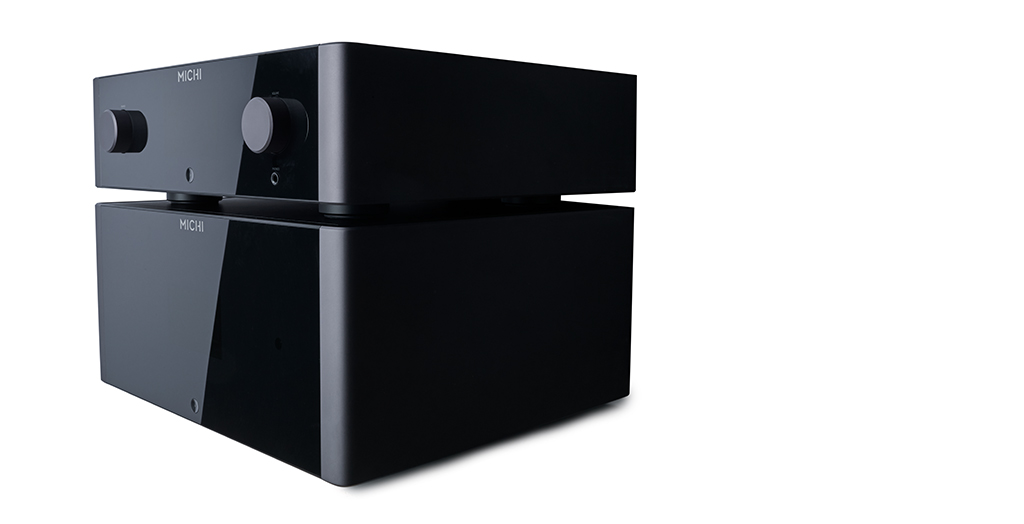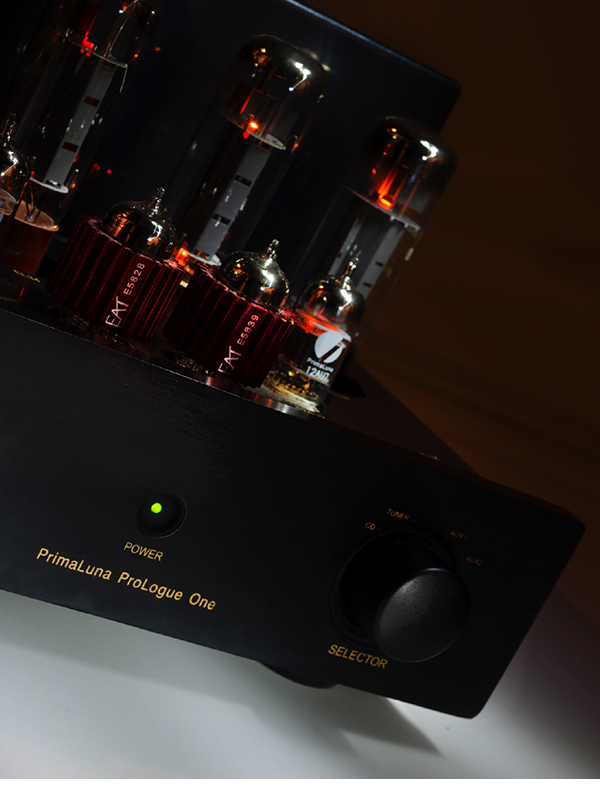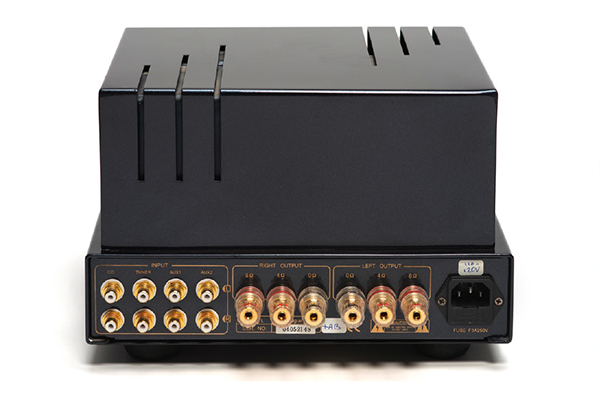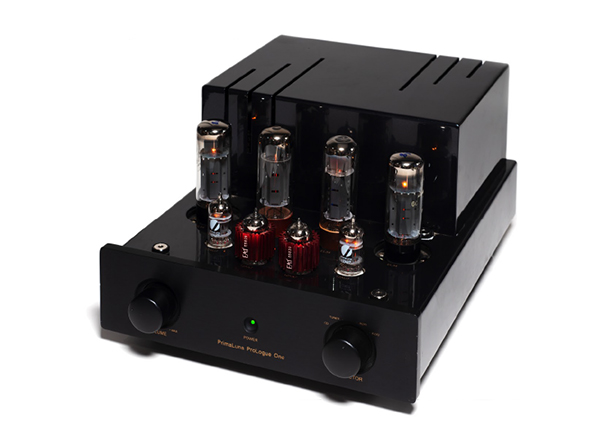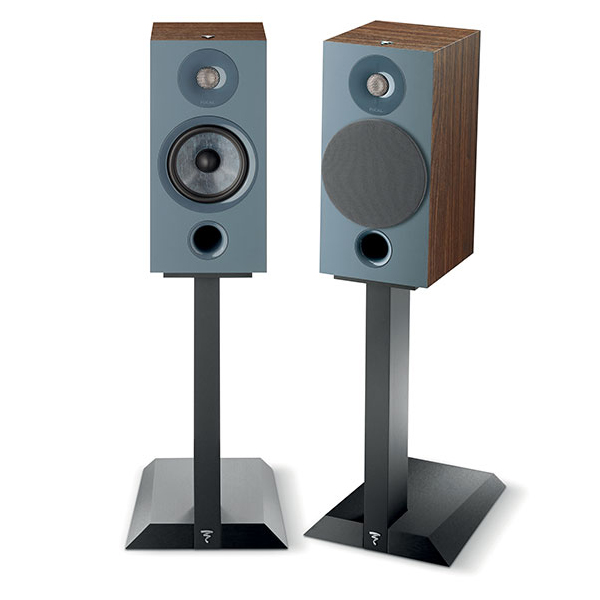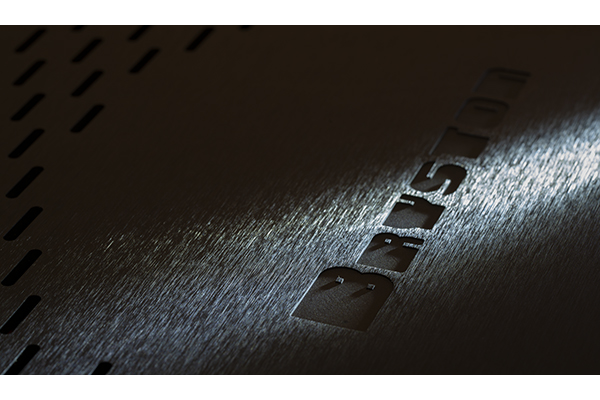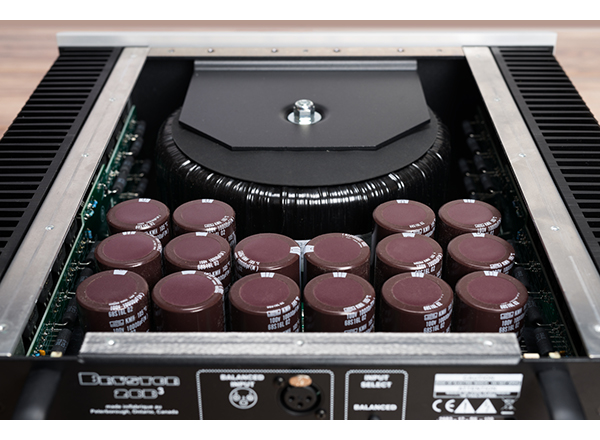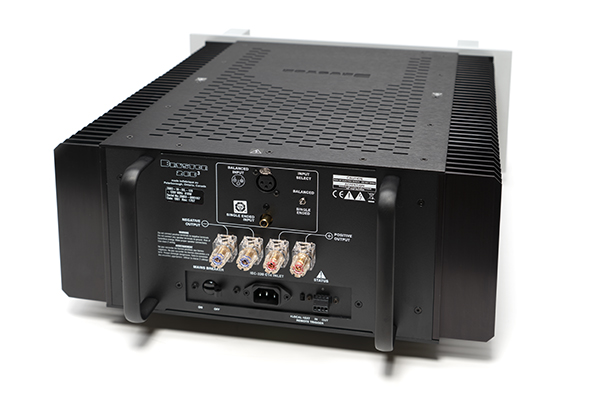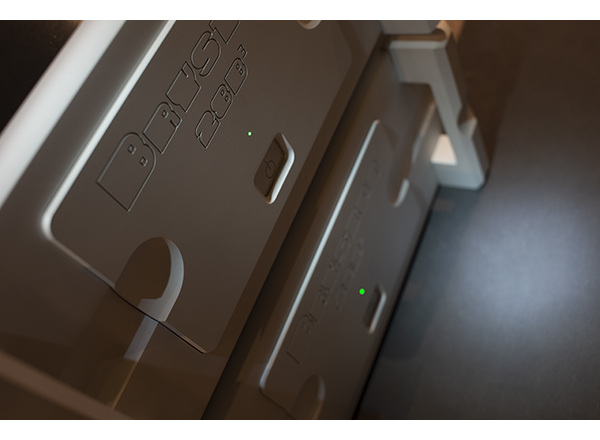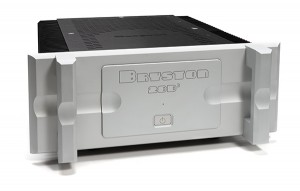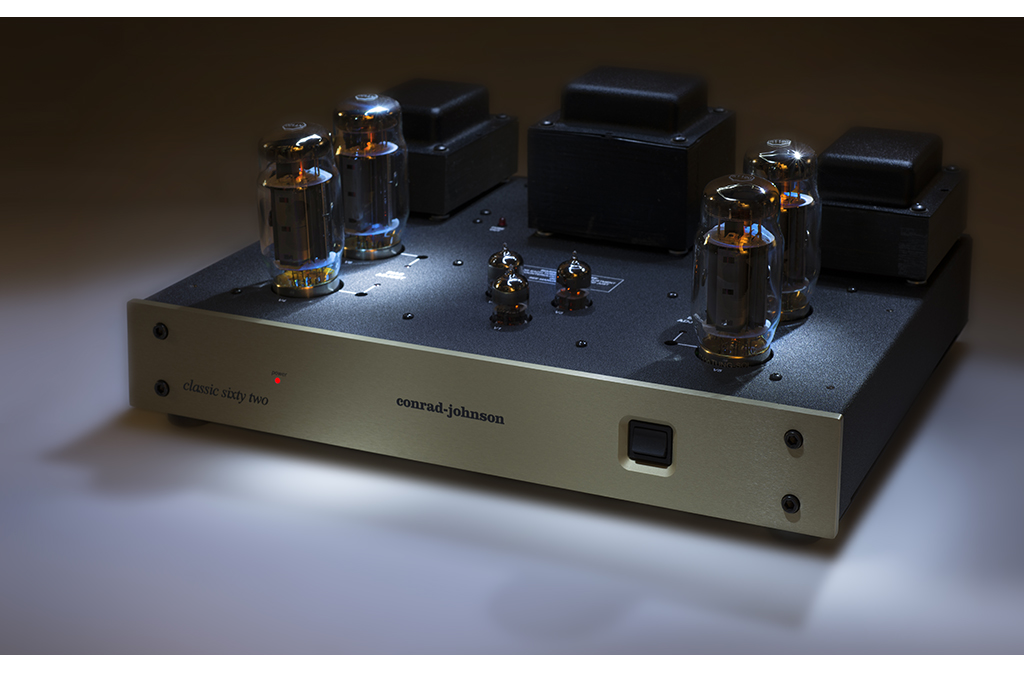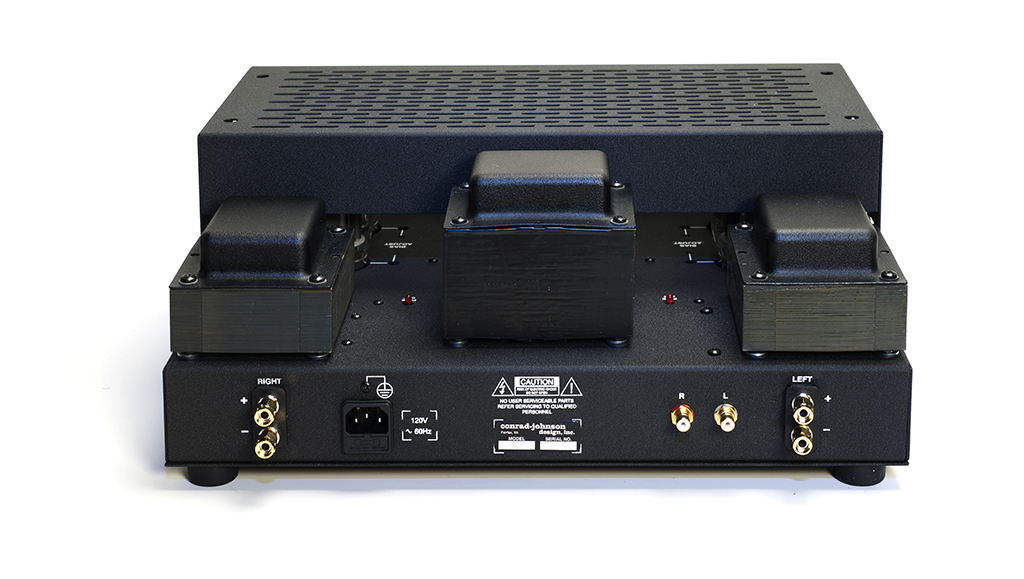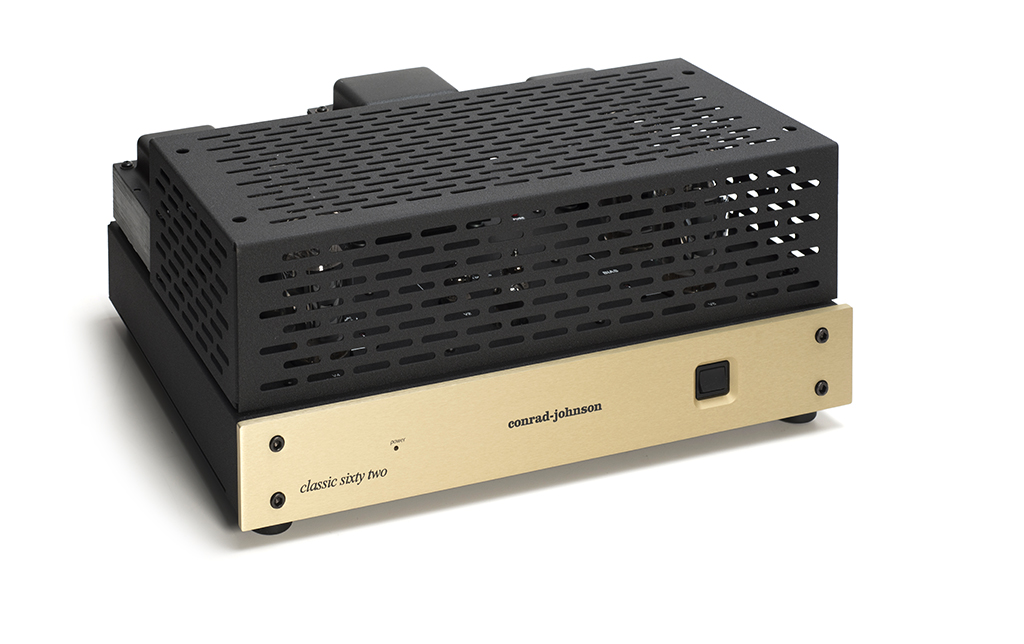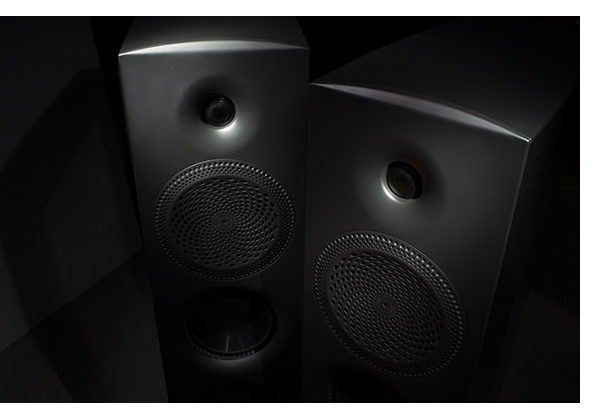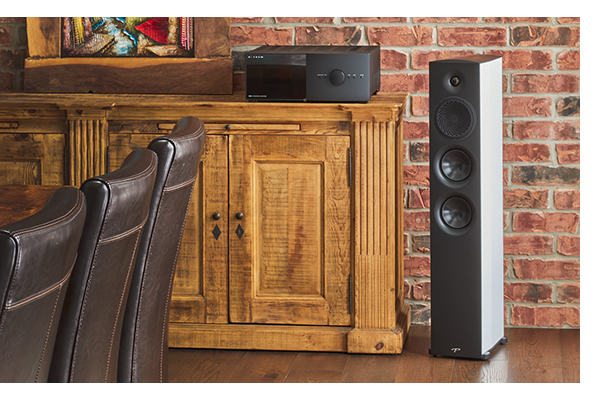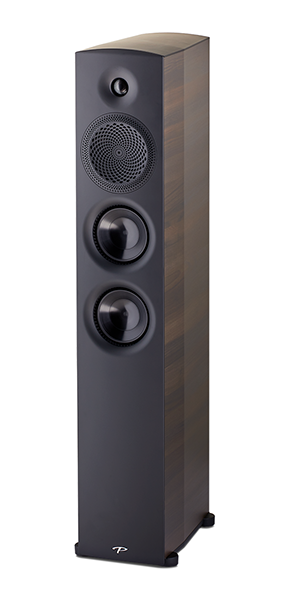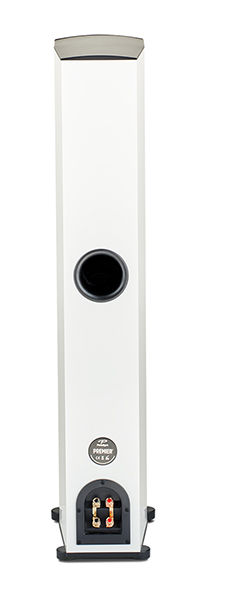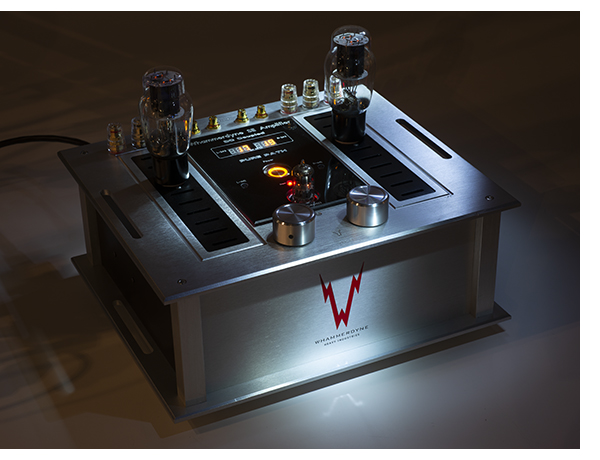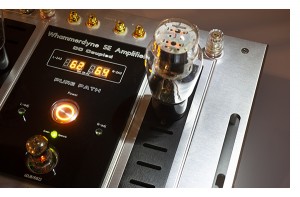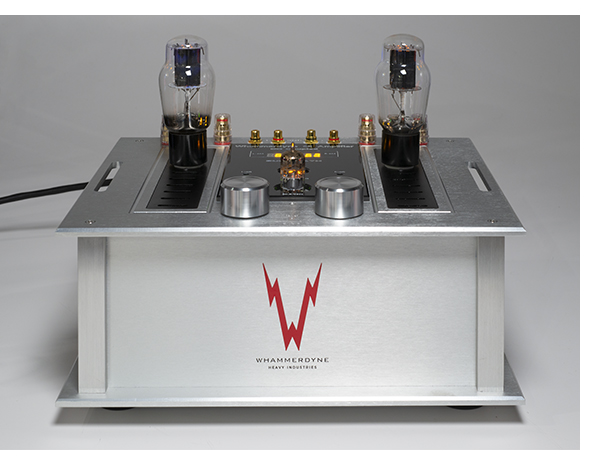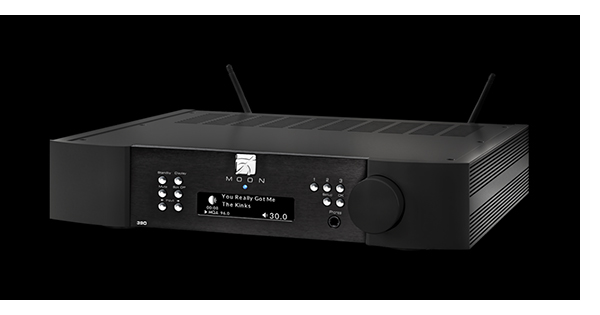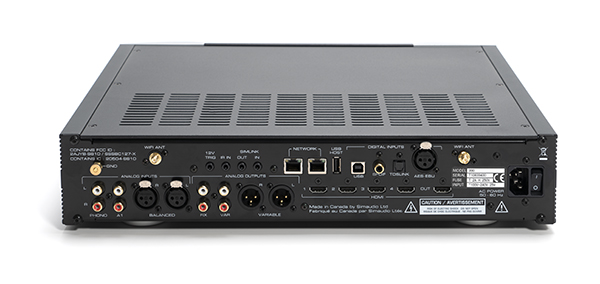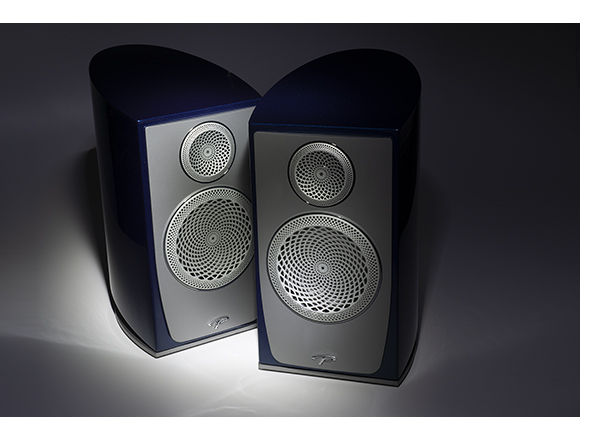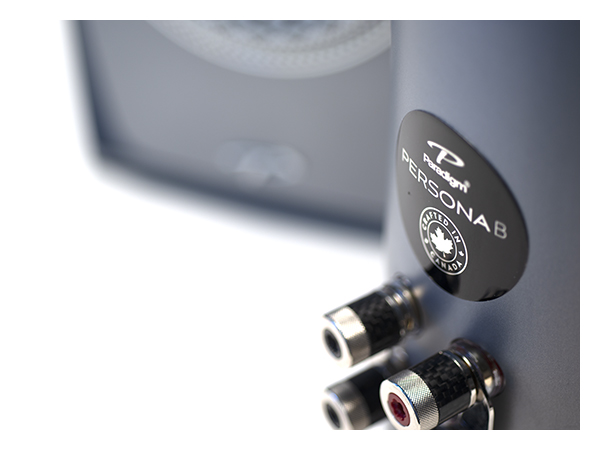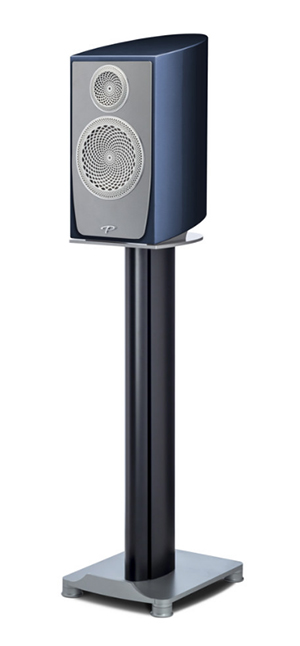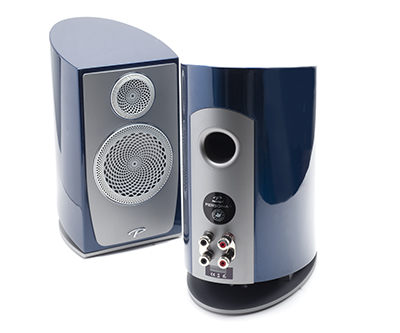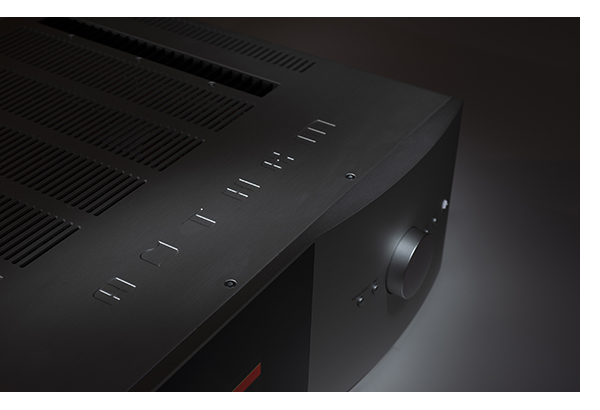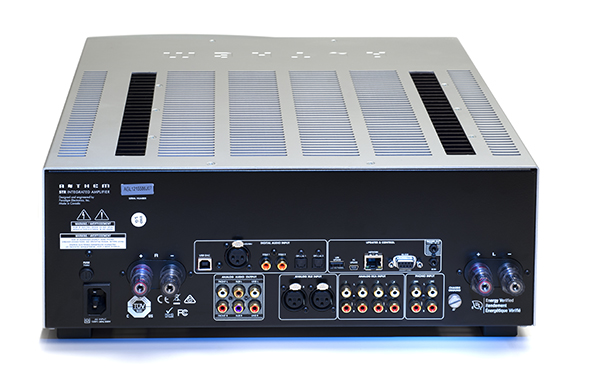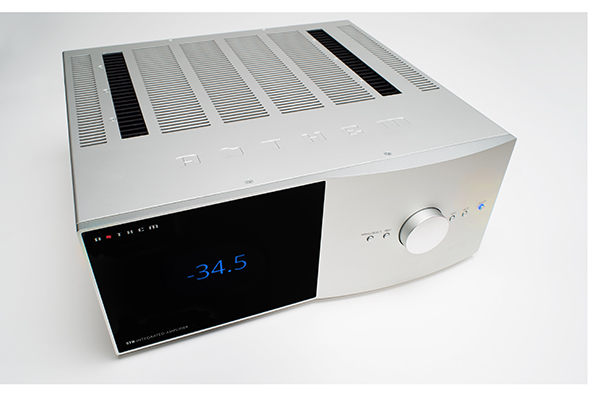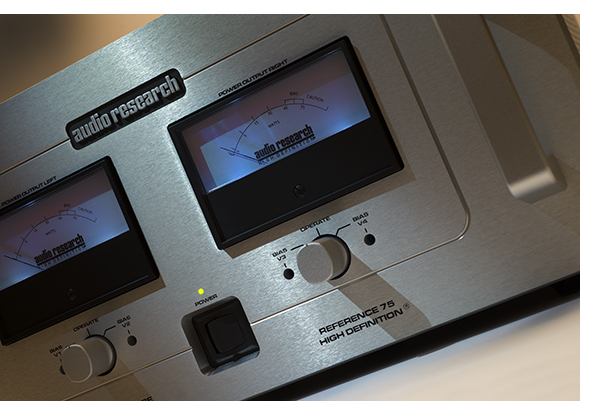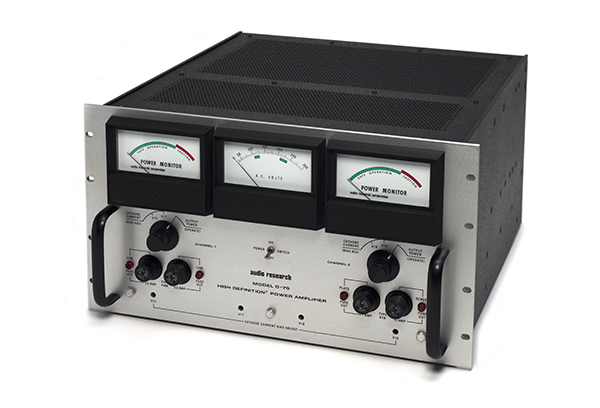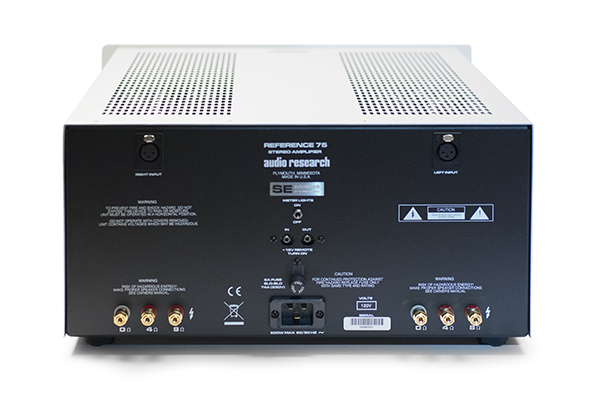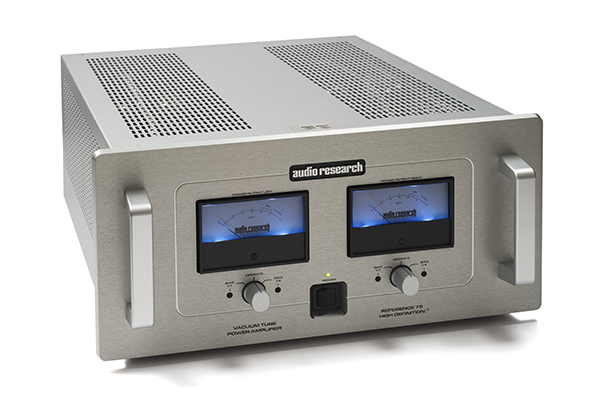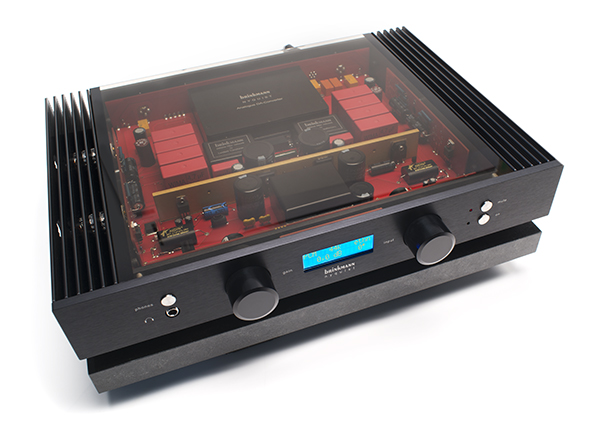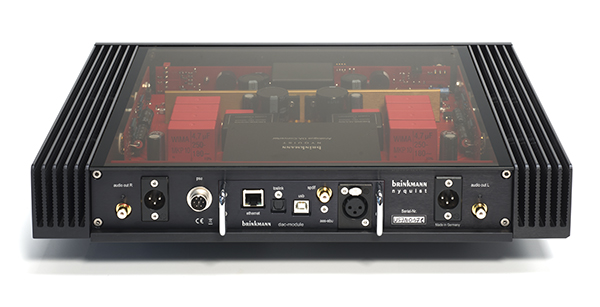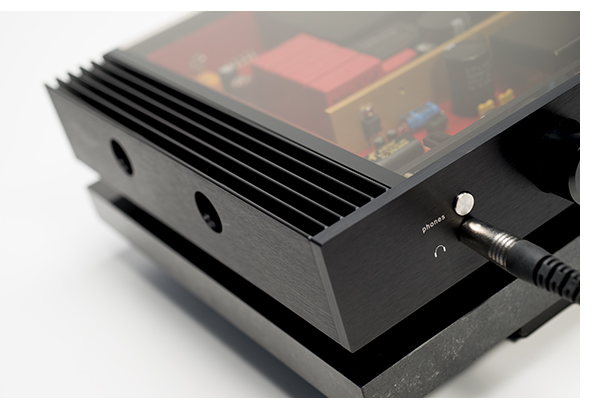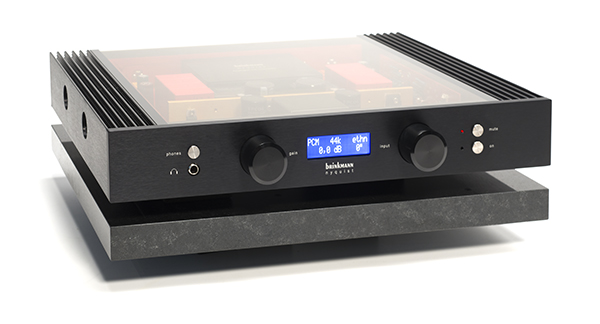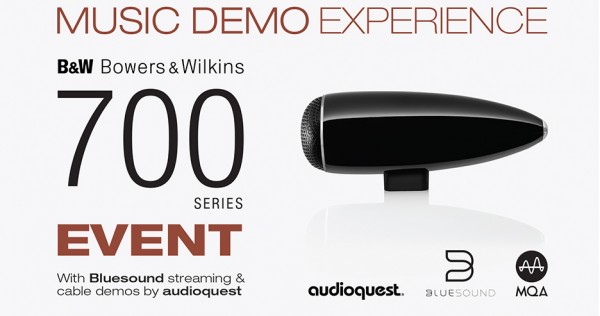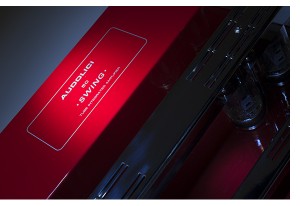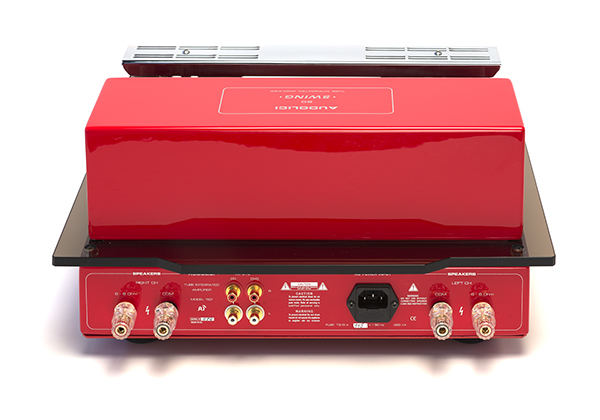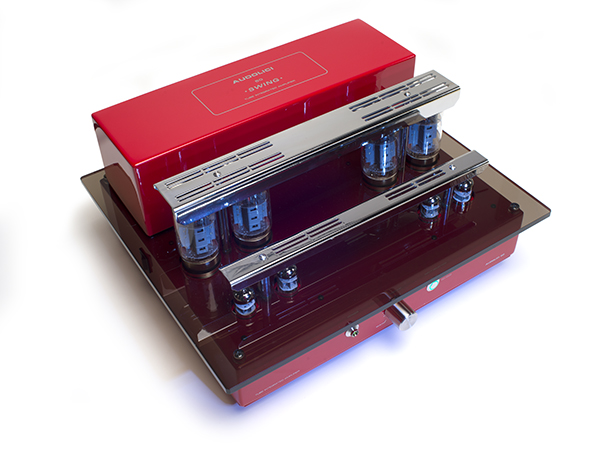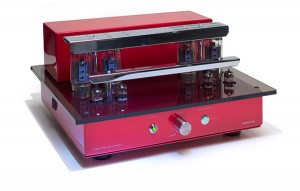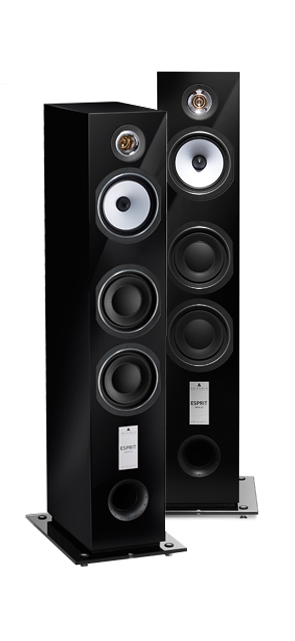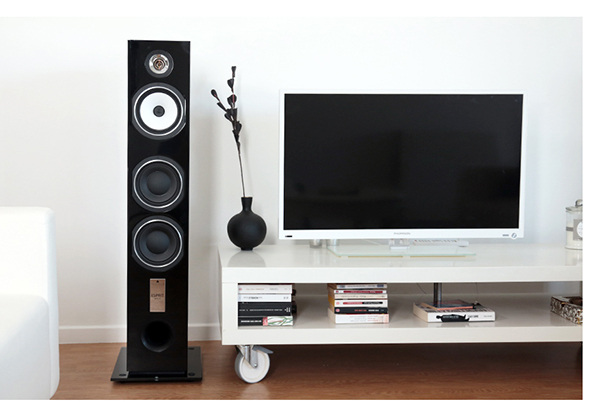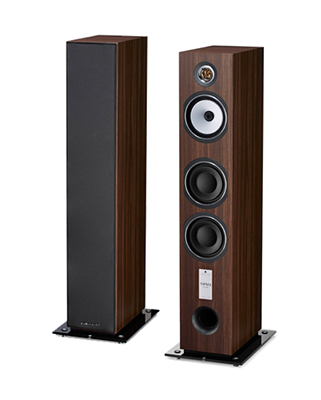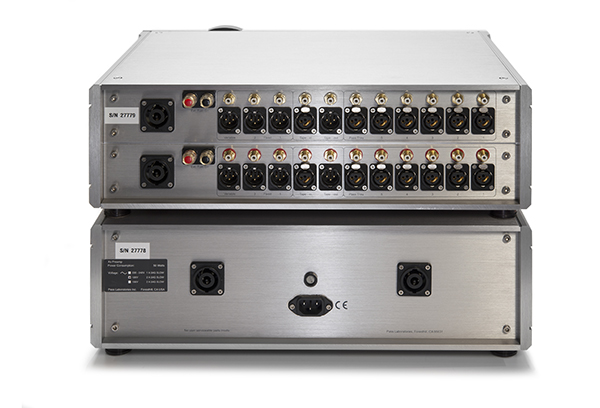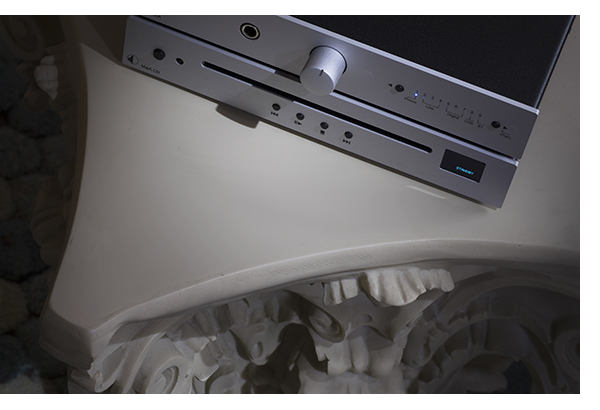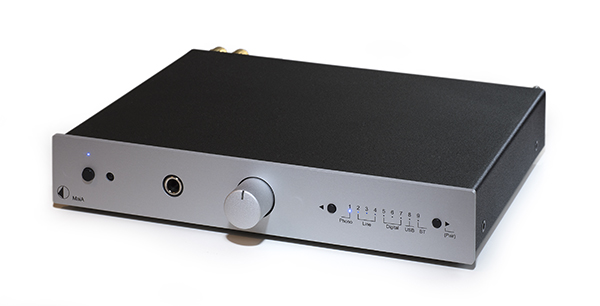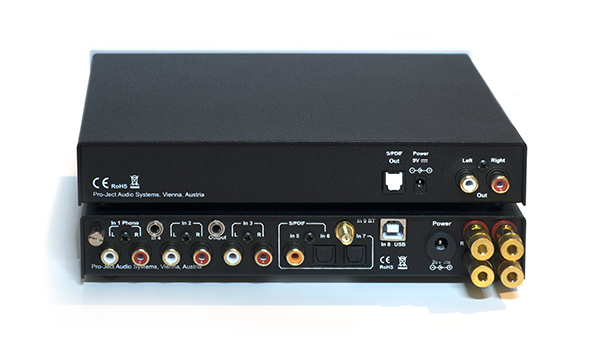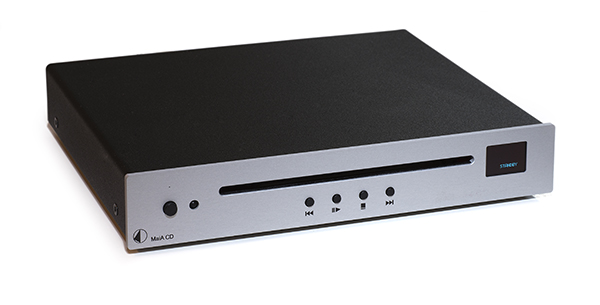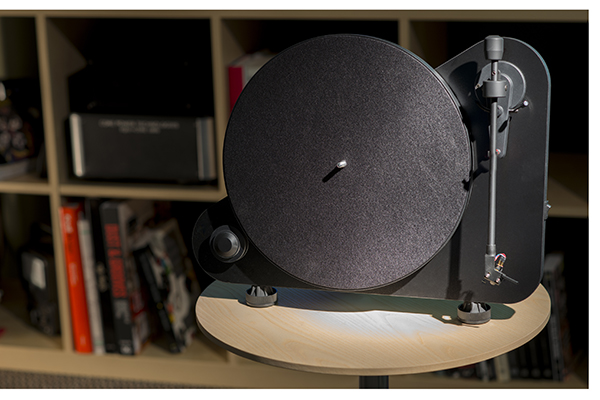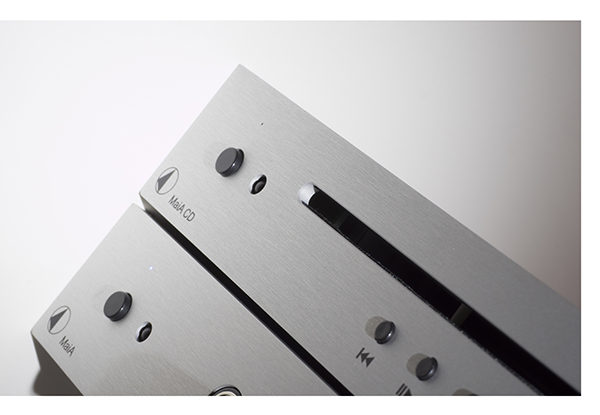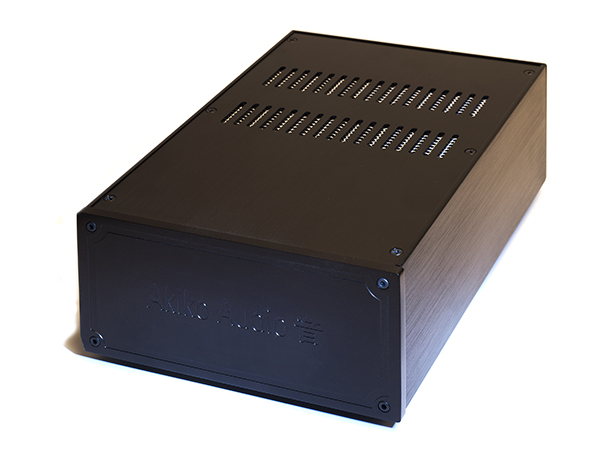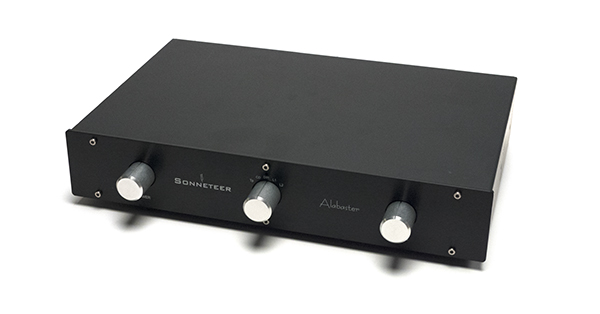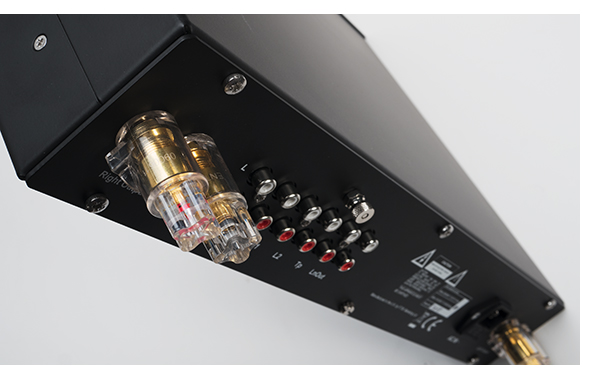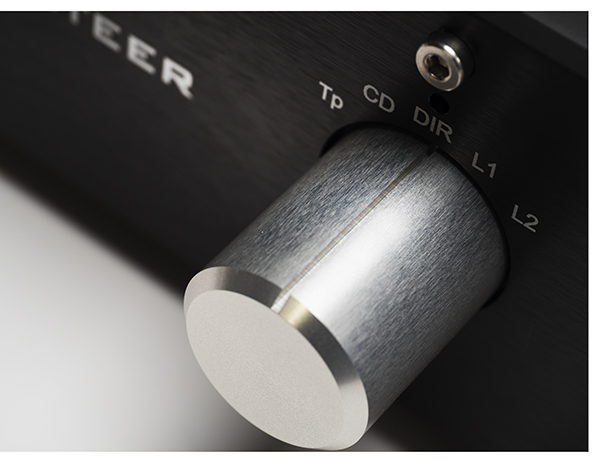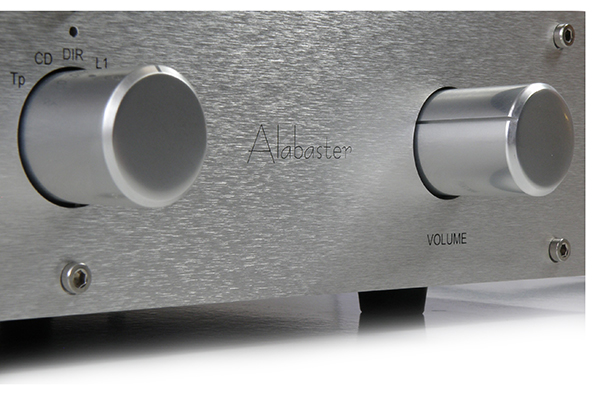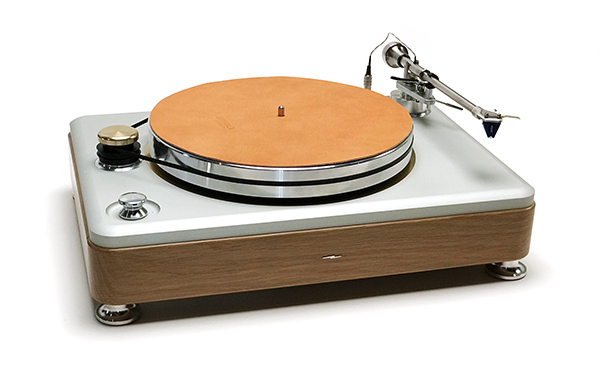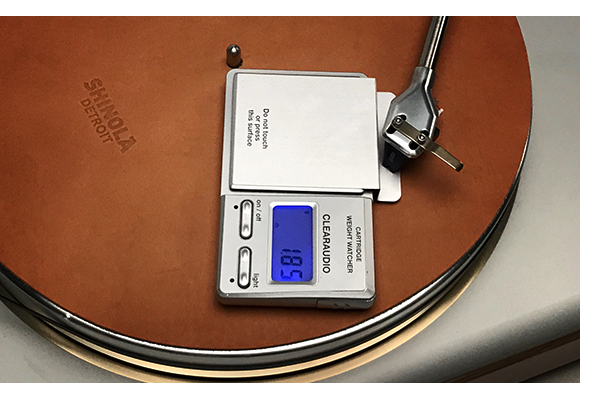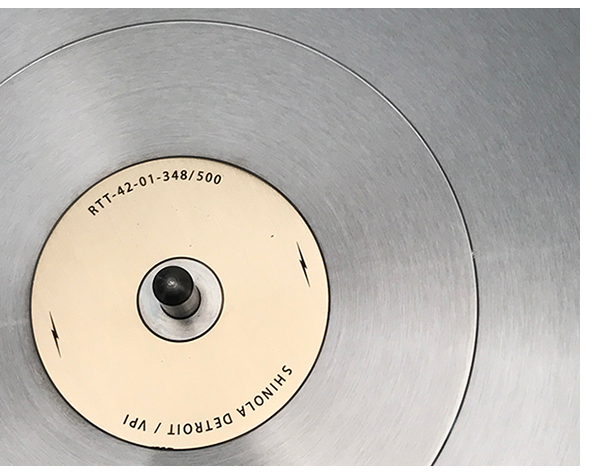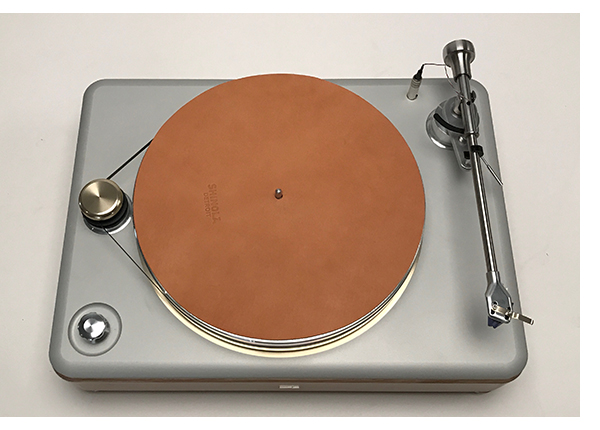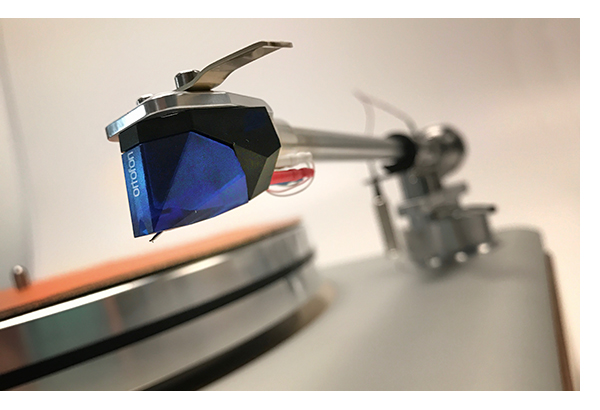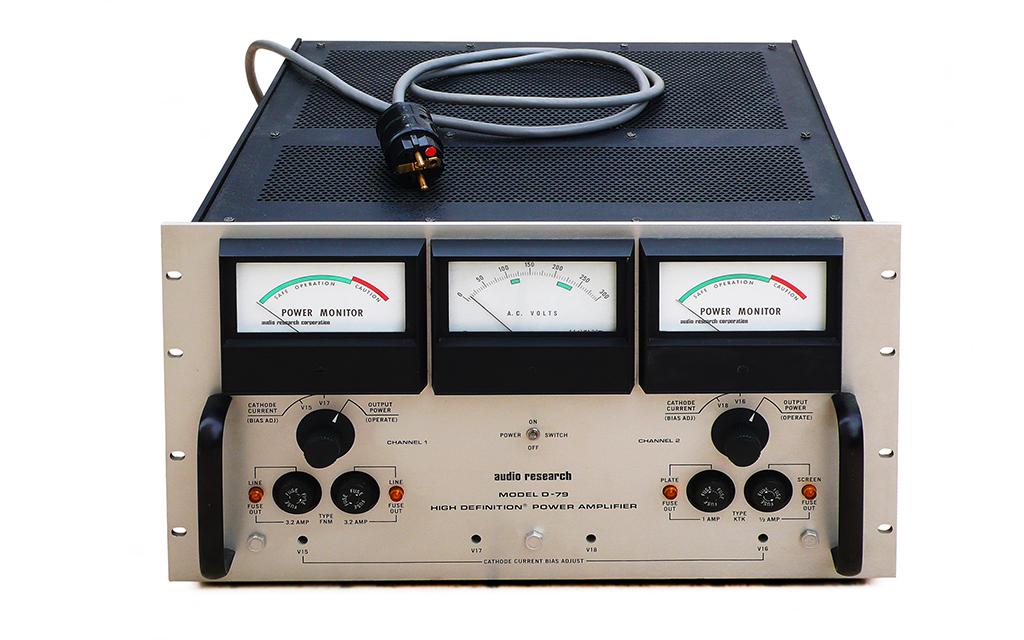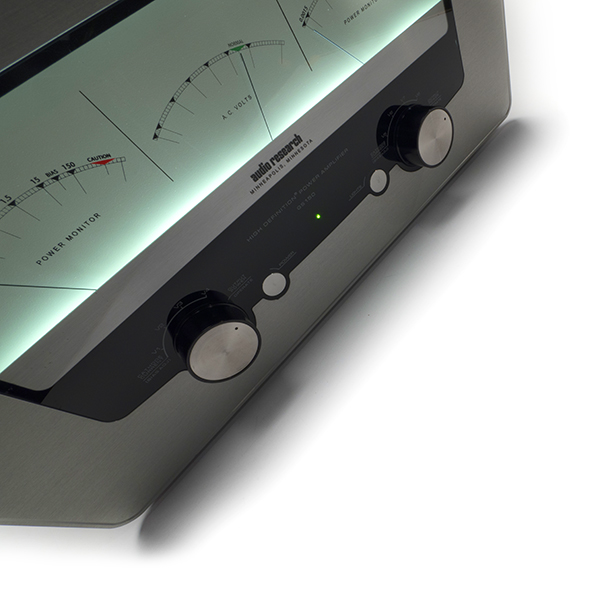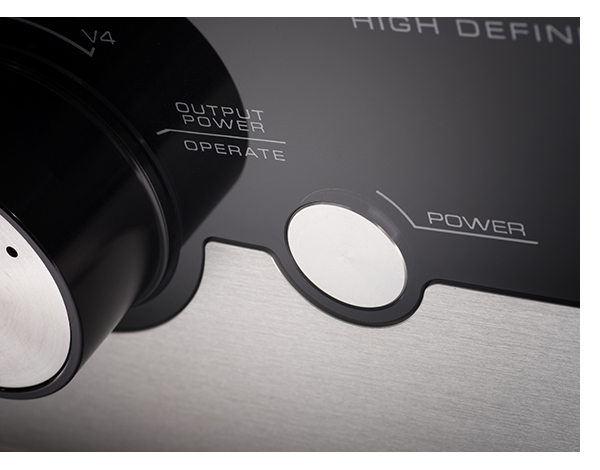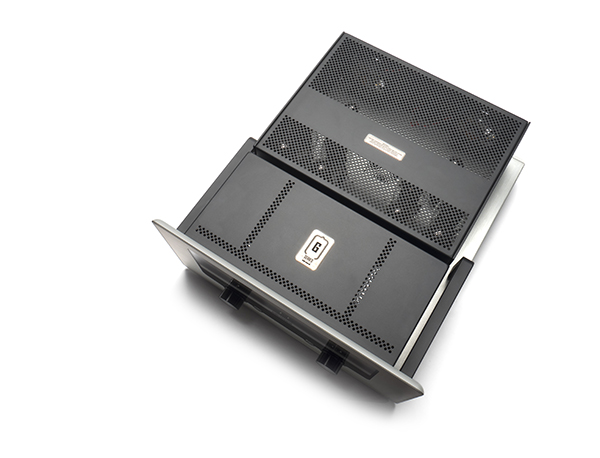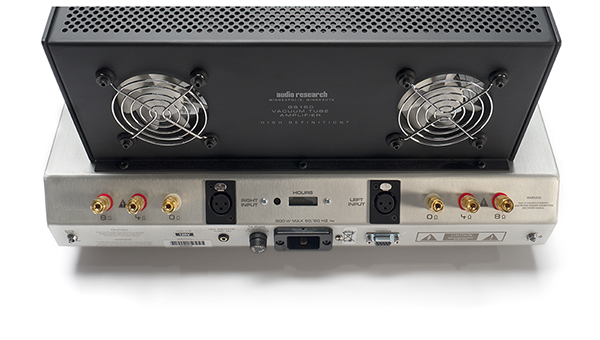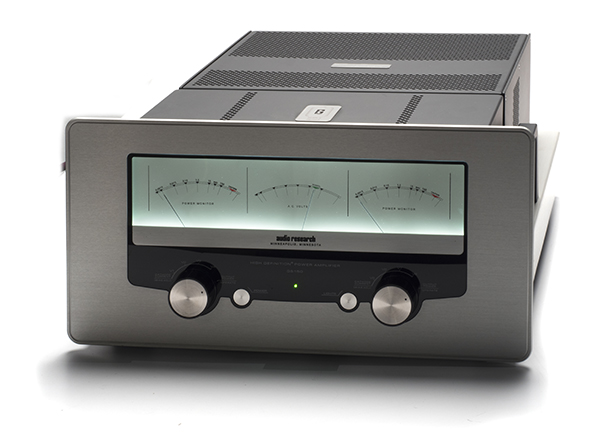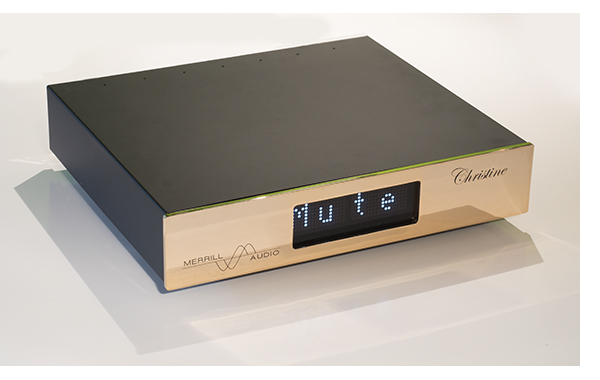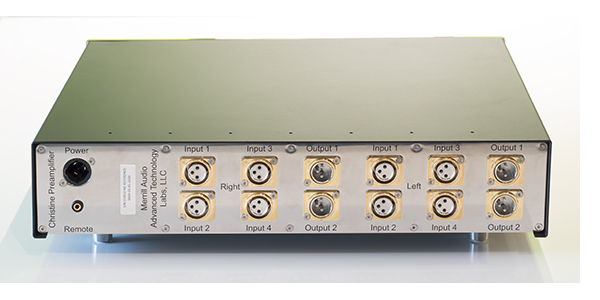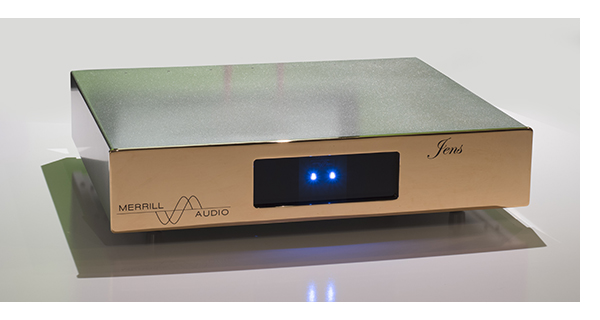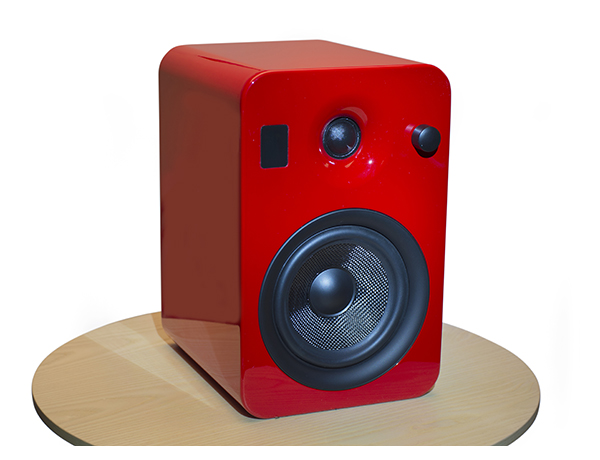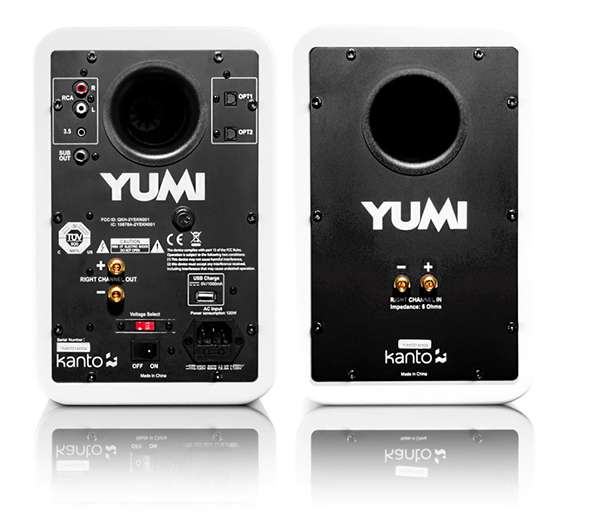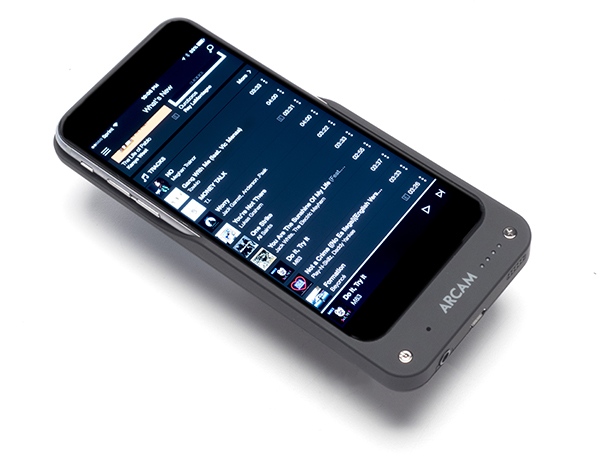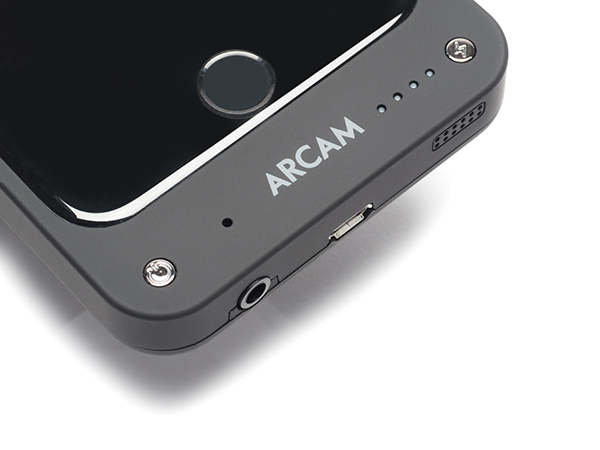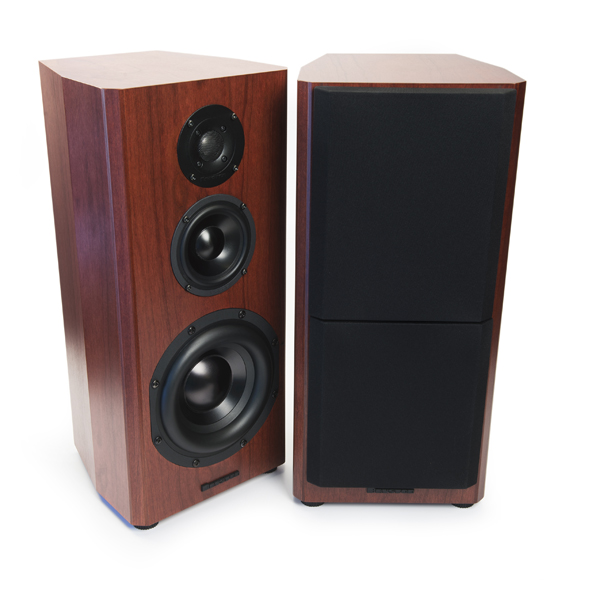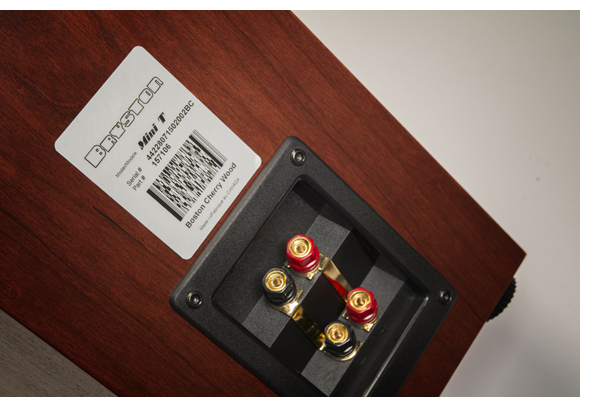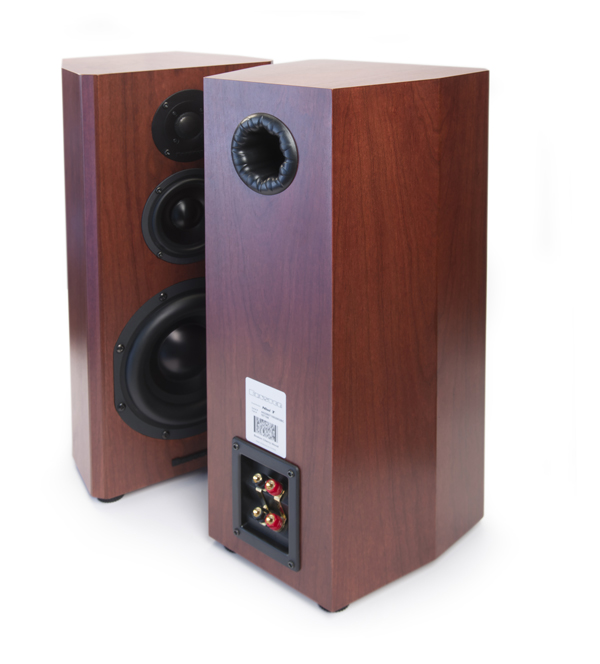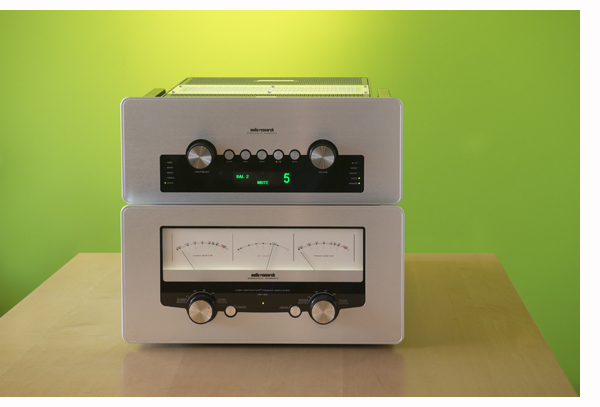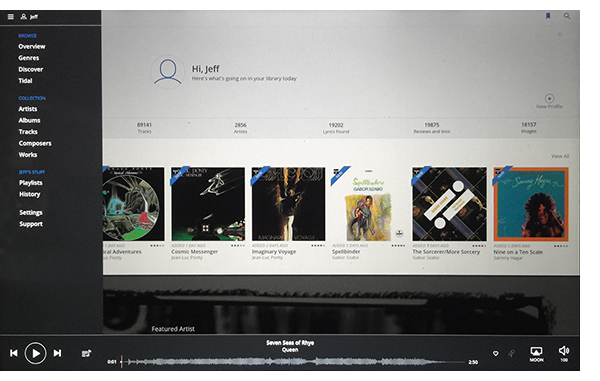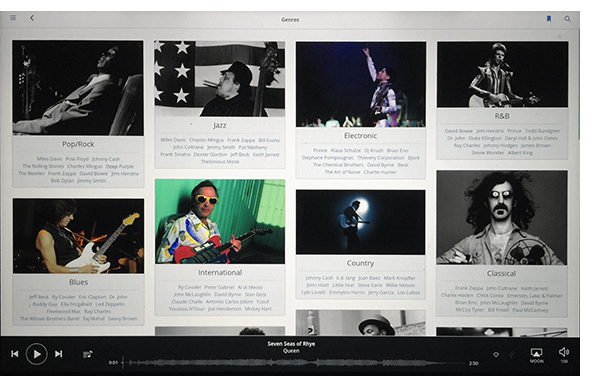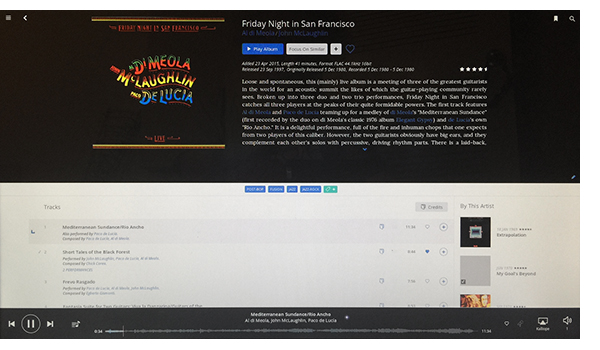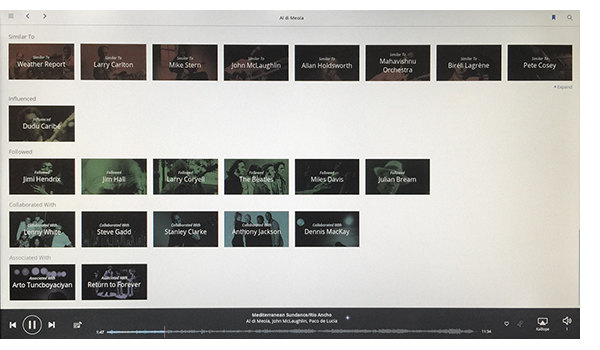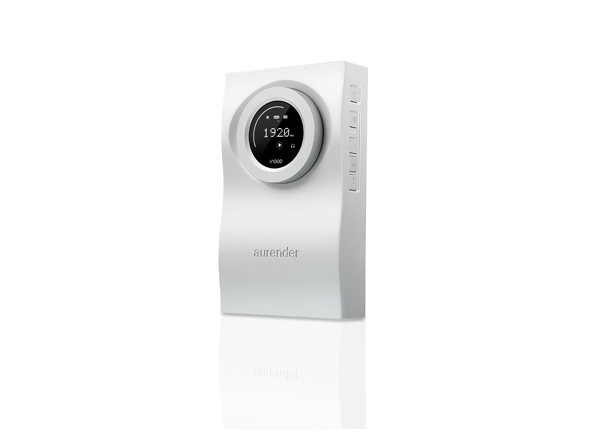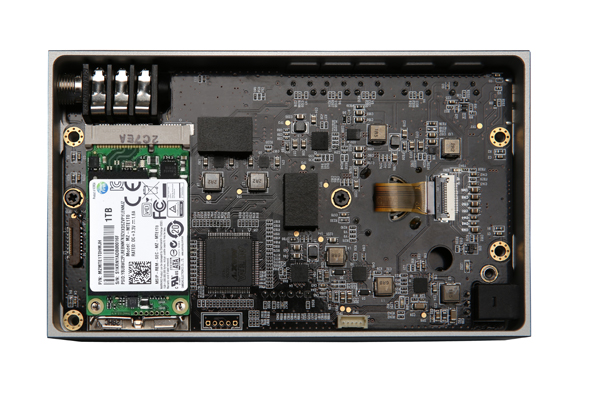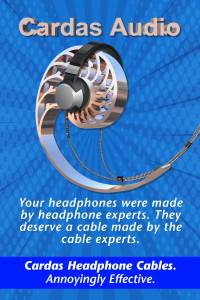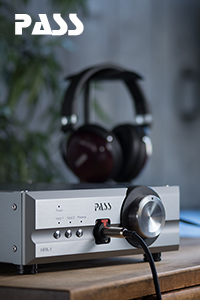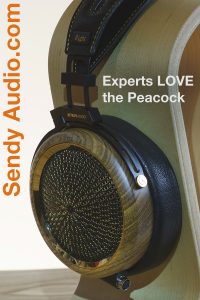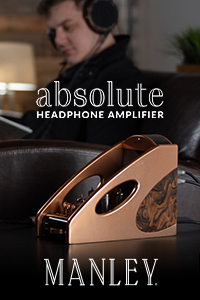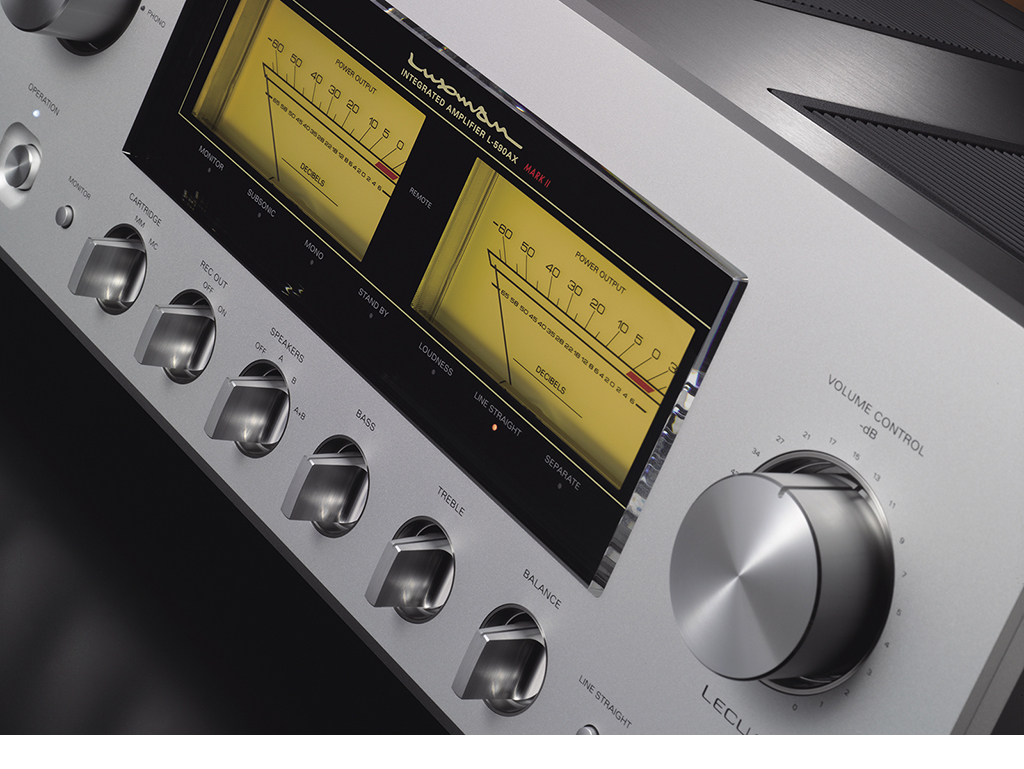 Not only did Rob Base and DJ E-Z Rock’s “It Takes Two” make hip-hop history, the 1988 smash and pop-culture staple espoused a philosophy that mirrors a long-held high-end audio doctrine: Separate components (two) reign superior over their integrated brethren (one), unless the latter commands a far, far higher price tag than the comparable pieces.
Not only did Rob Base and DJ E-Z Rock’s “It Takes Two” make hip-hop history, the 1988 smash and pop-culture staple espoused a philosophy that mirrors a long-held high-end audio doctrine: Separate components (two) reign superior over their integrated brethren (one), unless the latter commands a far, far higher price tag than the comparable pieces.
From a technological angle, the tenet remains difficult to argue. Two pieces of gear, each dedicated to a primary function in the audio chain and free of the compromises that often need to be implemented to merge preamplification and amplification duties under one roof, seems, on paper at least, to carry the day. What usually goes unspoken is that the arrangement generally requires more thought put into system synergy (especially when different brands are involved) as well as more money and more space. The audiophile industry also counts on such tradition to boost demand for associated categories—cables, interconnects, racks. After all, the more equipment you have to link, the more wire you’ll require, and the more shelves you’ll need. Everything adds up, and quick.
For decades, the approach has simply been accepted and considered the price of entrance. Like many assumptions, experience supported it—and the audio press and marketplace dutifully reinforced it. By and large, two (or, for everyone running dedicated mono amps, three) boxes offered a higher magnitude of sonic enticement than one-box affairs. But, in the words of Bob Dylan, times have changed.
Fueled by leaps in technology, the practicality of high-resolution streaming, and the limitations associated with small living spaces, listeners increasingly appear bent on simplifying their setup without sacrificing on sound. Akin to dialing up practically any album on your phone and wirelessly sending it in better-than-CD quality to your hi-fi, the prospect of marrying such accessible convenience with seductive fidelity faced myriad roadblocks not so long ago. As evidenced by the Luxman L-590AXII integrated amplifier—a model whose predecessor, L-590AX, TONE publisher Jeff Dorgay cites as one of the five of the thousands of audio products that have crossed his doorstep that he wishes he never let get away—those blockades have been eradicated.
They Still Make ‘Em Like They Used to Do
The co-flagship of the five integrated models in the manufacturer’s line, L-590AXII broadcasts its signature calling card by way of two amber VU meters—a color designation the brand reserves for high-current Class A designs. Whether you’re new to high-end audio or a dyed-in-the-wool aficionado, Class A remains the summit to which amplification technologies aspire. As with nearly every choice in life, the approach touts advantages and disadvantages. When it comes to next-to-zero distortion, even-order harmonics, and linearity, Class A rules with an iron fist. The drawbacks: Some designs run extremely hot and many tout efficiency on par with the gallons-per-mile consumption of a 1967 Lincoln Continental. Plus, Class A tends to translate into a higher price tag due to expenses associated with production.
At $9,495, the Japanese-made L-590AXII doesn’t come cheap. Yet even before you begin counting the dollars you’ll save on extra cables, the value proposition of L-590AXII becomes clear the moment you open its shipping carton. Ready to withstand the in-transit abuses thrown its way by UPS or FedEx, the 62.6-pound unit arrives triple-boxed. Unpacking it bestows the sensation of uncovering a series of Matryoshka dolls. Once you unwrap the protective padding from the amplifier, the stalwart construction of L-590AXII manifests itself. The old adage “you get what you pay for” transforms into “you get what you pay for, and then some more.”

Furnished with gorgeous steel and aluminum casework that extends to its bead-blasted, clear anodized finish and screw-free exterior, L-590AXII lures eyeballs with a thick top plate complete with a pair of vents for heat dissipation. The front panel continues the visual feast. The attractive VU meters, extremely responsive in operation, center an array that finds an input selector on the left and volume knob on the right. Riding above the bottom edge: A power button, small monitor button, six more selector dials, two more small buttons, and a headphone jack. In standby mode, a faint honey-colored indicator glows between the meters. When active, a powder-blue light blushes above the Operation button, an orange LED signifies the chosen input, and the meters prepare to dance. Consider the effect stately, not showy.
If you’re a hands-on type of person, know that it’s impossible to overstate the tactile feel of the silver-matted controls. They convey a confidence, prestige, and durability you only get from handmade craftsmanship and the implementation of premium-grade materials. Ironically, L-590AXII’s metal remote boasts similar solidity, But even it cannot replicate the sensation engendered by the panel. The differences go beyond the fact L-590AXII trades in metal rather than plastic or composite. They point to a faculty of command, pride, and authority, as well as the privilege of piloting a purpose-based component engineered for longevity and devoted to virtuosity.
Gumby-Like Flexibility
The guts of L-590AXII subscribe to the same vision. The integrated shares much of the tech instilled in Luxman separates, not the least of which pertains to version 4.0 of the company’s Only Distortion Negative Feedback (ONDF) circuit, a LECUA1000 computerized attenuator, and a discrete buffer circuit. In another nod to L-590AXII’s worth, all three also grace C-900u, the manufacturer’s $15,000 flagship preamplifier. And each involves complexities that underline Luxman’s pursuit of purity and naturalism.
In short, ONDF benefits from a fast slew rate, three-parallel push-pull structure with three-stage Darlington, and the advantages of an open-loop circuit—sans the latter’s instability and distortion. Short for Luxman Electrically Controlled Ultimate Attenuator, the LECUA1000 utilizes an 88-step amplifier circuit and three-dimensional layout that permits the substrates to be placed in a manner that minimizes all routes—and fosters resistance to external vibration. As for the buffer, it comes mounted on preamplifier circuit output stage to preserve signal integrity and enhance the power amplifier section’s drive.
Also on board: A high-inertia power supply circuit with a high-regulation large-capacity power transformer and big block capacitor of 80,000μF independently arrayed for instantaneous power and stability; a low-resistance speaker relay in which two contacts are connected in parallel, an order that leads to a damping factor of 320 (versus its predecessor’s 240) for remarkably vibrant music reproduction; and OFC wire, beeline construction, a loop-less chassis, and gradation cast-iron insulator legs.
Functionally, L-590AXII doubles as the equivalent of a five-tool Major League Baseball star. Four pairs of line-level RCA inputs, two pairs of balanced XLR inputs, tape/record jacks, and preamplifier out and main input jacks—allowing L-590AXII to serve as a standalone preamplifier or amplifier, should you choose to do so now or later—augment four pairs of Emuden speaker binding posts. Oh, and yes, a top-notch MM/MC phono input resides here too, as well as phonostage bonuses such as a subsonic filter and mono button, furthering L-590AXII as a jack of nearly all trades. The only implement missing from L-590AXII’s toolbox? A built-in DAC. Given everything else the integrated promises, and how it makes good on those pledges, it’s a moot point.
The versatility extends to the features anathema to many audiophiles: tone controls. Those of a certain age will remember graphic equalizers that in the 1980s were as ubiquitous as the power conditioners of the current era. Cut from a related cloth but superior in that they present no damage or manipulation to the signal, Luxman’s bass and treble controls offer the opportunity to finitely tailor recordings lacking in certain areas or fine-tune your overall setup. Akin to the attenuators found on many JBL loudspeakers, they can come in handy and beg the question of why a majority of high-end gear shuns their existence. Since no room sounds exactly like another, you can’t go wrong by at least experimenting. Or, you can just leave them alone.
It Can Handle the Truth
From a specifications perspective, when taking into account its rated 30Wpc output into eight ohms (60Wpc into four ohms), the appeal of L-590AXII appears to dim. Many listeners in the market for an amplifier key in on one figure and one figure alone: watts per channel. It’s understandable. Over time, manufacturers have groomed audiophiles to associate herculean output numbers not only with fidelity, but necessity. L-590AXII, and other likeminded Class A products, tosses such logic out into the alley. A caveat: Should you own less-efficient speakers (say, anything below 88dB sensitivity, with 90dB a preferred cutoff), consider instead one of Luxman’s Class AB models, like the 120Wpc L-509X, previously reviewed in TONE.
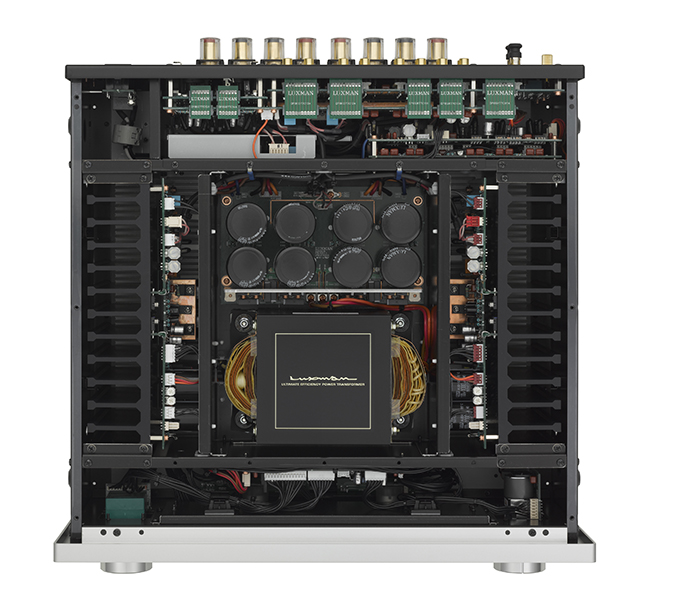
But, if your speakers don’t require a miniature power plant, L-590AXII stands to school you in how engaging, powerful, robust, gorgeous, and dynamic 30Wpc can sound (and feel). Using it to drive a pair of Klipsch Cornwall IV towers (102dB sensitivity rating)—and matching it with a Feickert Woodpecker turntable with Ortofon Cadenza Bronze cartridge, dCS Bartok DAC, and Oppo BDP-105 universal player—proves positively electric.
Out of the box, L-590AXII performs ably. Once it registers 200-300 hours of break-in time, it finds another gear. And while touching the top of the unit after hours of operation might mirror the wisdom of Flick sticking his tongue to a frozen flagpole in A Christmas Story, L-590AXII runs warm, not broiling, thankfully avoiding the face-melting heat generated by many of its ilk. Also, while some audiophiles may opt to leave L-590AXII powered on for days on end, it reaches top speed from standby in only about 20 minutes. Translation: Be green, save on your utility bill, and shut it down when you’re done.
By the same token, plan on extended listening sessions. L-590AXII renders program material with ravishing degrees of spaciousness and body. It may not have a single tube inside, yet it plays with the corresponding warmth, body, and sweetness of its valve brethren—and without the latter’s regular hassle and finicky disposition. Machines lack emotions, but that doesn’t mean they cannot impart emotionalism to art, exactly what happens every occasion L-590AXII processes a signal. If your preferences lean towards fullness, naturalism, and roundness, and you can stand to sacrifice a hint of clinical precision and forceful slam for beguiling tonality and involving personality, L-590AXII walks your talk.
The Luxman also knows control. Challenged with a complex piece or invited to untangle knots of information, it does so without blinking. Its trademark faculties—nuance, detail, depth, weight, grip, taut bass, punchy mids, resolved highs—hold tight. Whether tested with Lana Del Ray, Bob Marley, Staple Singers, Beyonce, Judas Priest, Allen Toussaint, Accept, Leonard Bernstein, Andrew Bird, Megan Thee Stallion, Missy Elliott, Outkast, Cheap Trick, Eric Clapton, Charley Pride, Bob Mould, or Bob Dylan, L-590AXII possesses an uncanny knack for presenting the air and space around instruments and vocals—to the extent they exist on the actual recording. L-590AXII knows where things go, assembles multi-dimensional soundstages, and helps makes music reflect live properties. The results beckon you to experience more of the recording, more of the producer’s and artist’s aims. Want truth and perspective? Come and get it.
Just as impressively, L-590AXII never sounds forced or dry. It handles graceful, delicate passages as masterfully as those prone to explosive swings or Marshall-stack potency. Fast and nimble, rich and fluid, L-590AXII conjures an overused audiophile term—effortlessness—by way of its top-shelf-whiskey smoothness and mediation-like ease. Speaking of the latter, L-590AXII’s fanciest magic arguably relates to how loud it can go without any hint of strain, harshness, glare, or distortion.
While the Cornwall IVs play a major role in the equation and harbor ridiculous power-handling abilities, L-590AXII seemingly knows no decibel boundaries. Importantly, the combination doesn’t just do loudness for loudness’ sake. Besides, achieving such a goal isn’t tremendously hard but will sound horribly unpleasant. Instead, the difficulty for any hi-fi lies in playing at booming volumes where the clarity never suffers, where the volume doesn’t ever seem deafening, and where cranking it up edges you closer, closer, and closer still to the kind of system—big, involving, transparent, crisp, vivid, sonorous, direct, in-your-chest present—you dream of encountering at a rock concert.
Built to perfectionist-minded standards and wearing a badge that in the United States still lacks the household recognition of other luxury brands—meaning you both benefit from not paying an extra premium just for a nameplate and leverage the audio expertise of a company with a 95-year history, with its first integrated dating to 1961—L-590AXII can take you there. And rest assured you’ll still have plenty of road to travel on that volume knob, which you might never twist past the two o’clock position. If the prospect of such excitement, enlightenment, fun, and involvement doesn’t grab you, you should probably find a new hobby.
Luxman L-590AXII
MSRP: $9.495
luxmanamerica.com
Peripherals
Analog Dr. Feickert Woodpecker turntable with Jelco tonearm and Ortofon Cadenze Bronze cartridge
Digital dCS Bartok DAC and Oppo BDP-105 universal player
Speakers Klipsch Cornwall IV
Cabling Shunyata Delta interconnects and power cables
Power Shunyata Hydra Delta
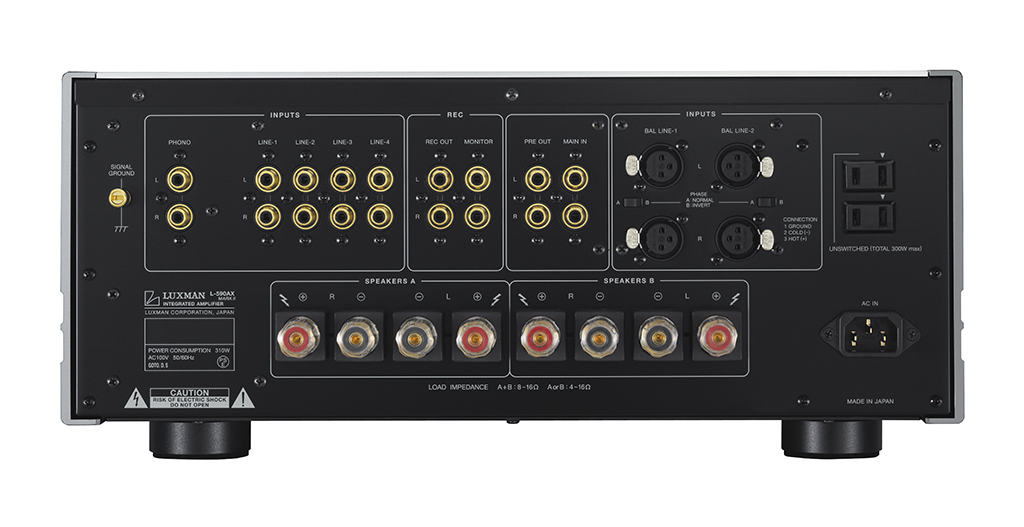
Additional listening – Rob Johnson
While I love my reference tube amp, preamp, and phonostage, I prefer to savor them at those times when I’m sitting down and actively listening to music. To me, there’s just no sense in burning through expensive or NOS tubes for background music while I’m working. Therefore, the idea of a solid-state integrated amp, complete with a phonostage and headphone amp, offers an incredibly appealing proposition.
After spending time at local Luxman dealer, Pearl Audio, listening to the L-590AX MkII – and borrowing one owned by a good friend to audition at home – I was smitten with it. I purchased one too. Not only is the build quality and finish superb, but its smooth and beguiling sound is also perfect for all-day, fatigue-free enjoyment. While I initially worried about a 60 watt-per-channel (4 ohms) Luxman providing enough juice for my GamuT RS3i speakers, that concern faded quickly after a few minutes of playback.
Yes, my reference tube components do exceed the Luxman’s prowess in some ways. At more than double the L-590AX’s price, they better! However, those nitpicky quibbles do not leave me longing for “more” while listening to the L-AX590 MkII. I’ve found the Luxman’s exceptional sound and versatility place it among my favorite audio components ever. It’s perfect for those seeking to simplify their audio systems without compromising sonics. Just add the analog or digital music sources of your choosing, sit back, and enjoy.
Today, there are many great-sounding pieces of gear built by relatively new companies. However, I’ve had experiences where more exotic equipment I’ve owned failed for one reason or another. With electronics, it just happens sometimes. But, in a couple of cases, it took months for the manufacturer to complete my repairs. The hallmark of a renowned brand like Luxman is not just in its ability to design and build marvelous components, but its customer service should a problem arise. Given Luxman’s legacy of 90 years in business, I know I’m in good hands.
More Additional listening – Jeff Dorgay
The most rewarding part of this job is when A: people actually listen to what I have to say, and B: when the advice proves excellent and the end user is happy with the results. Then, I have done my job correctly.
Bob Gendron and I had many conversations about him wanting to streamline his hifi system, yet not lose any performance. I tried to convince him that going to the L-590AXII would actually be a step up from what he was currently using. A tall order to be sure. “Are you sure, are you absolutely sure?” Man, we had about 20 of these conversations. I was starting to feel like Yoda arguing with Luke Skywalker in a swamp. I told Bob the same thing I’ve told countless (now) Luxman owners – the (last generation) L-590AXI was an amplifier that I’ve always regretted selling. A lot like my 87 Porsche 944 Turbo. The level of performance and style is off the chart for the price asked.
On phone call number 21, I drew the line in the sand. I told Bob that if he didn’t LOVE the 590AXII, I would buy it back from him and pay the shipping. “It’s really that good?” Yes it is. Needless to say, you’ve read his copy and he’s still thrilled with the amp. Now that Rob Johnson and his friend (along with about 6 other TONE readers since) all have 590s, it’s time for me to get another one.
As for Rob, the phone call started with a suggestion for a good friend of his. We had a similar line of conversation, but as I didn’t know if I’d be buying Bob’s 590, I couldn’t make the same money back guarantee on this one. Fortunately, his friend was equally smitten, which led to his loaning it to Rob for a weekend and convincing him in a similar manner.
The L-590AXII is one of those rare components that offers performance way beyond the sum of its parts. If you sat at a chair blindfolded and someone told you were listening to $40k worth of separates, you’d believe them – and that’s not just me using the force on you. I’ve reviewed the flagship Luxman pieces, and while they offer more power and more ultimate resolution, the 900 series amplifier only plays in class-A mode to about 12 watts per channel. At modest volume, with my Sonus faber Stradiveris, which are fairly efficient (92dB/1-watt sensitivity) it’s tough to hear the difference. Of course if you want the flexibility of separates, and need the power, you’ll need the separates.
Personally, much as I love everything else about the 590, I really love the phono section, (and the tone controls!) especially with a Denon 103r cartridge. The level of performance is incredible – it’s dynamic, quiet, and resolving. One less set of interconnects and power cord less to buy, and unless you are in the $5k-$10k cartridge club, you may find this is all the phonostage you ever need.
In the end what truly makes the Luxman L-590AXII an incredible product, and one of the few pieces of gear that I’ve talked more friends into buying than almost anything else is the level of balance it offers. Much like a sports car, if you have more stop than go, or more go than handling, or more performance than reliability, the exercise fails. The Luxman L-590II takes the systematic approach to perfection. No one section of this amplifier leaves performance on the table at the expense of the other. And, together, this amplifier gives those of you wanting a money no object, mega performance system on a reasonable budget a bigger helping of that than anything I’ve yet encountered, especially if you want on-board phono instead of DAC.
The Luxman L-590AXII is not just an Exceptional Value, it is one of the best values in high end audio in my book. #toneaudioapproved.
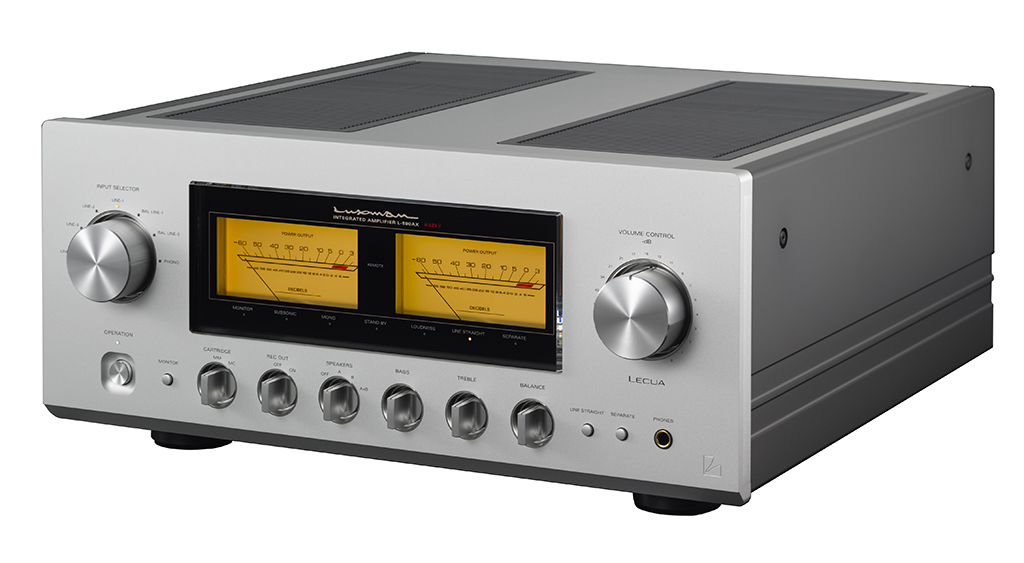
 The Sound Organisation and The Sound Organisation Canada today announced they have been selected to be the new distributors for Spendor Audio in the United States and Canada.
The Sound Organisation and The Sound Organisation Canada today announced they have been selected to be the new distributors for Spendor Audio in the United States and Canada.








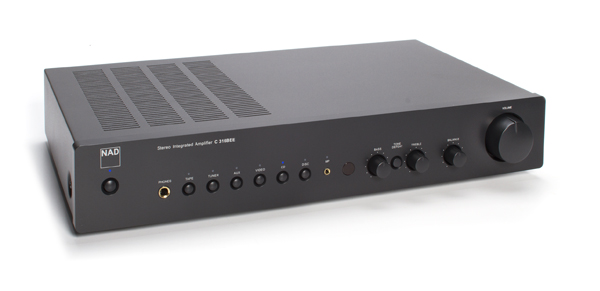
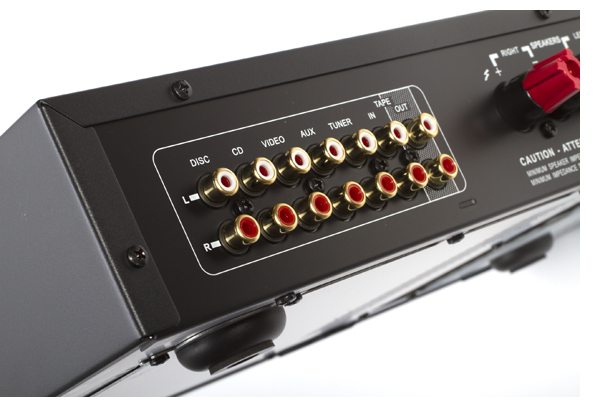
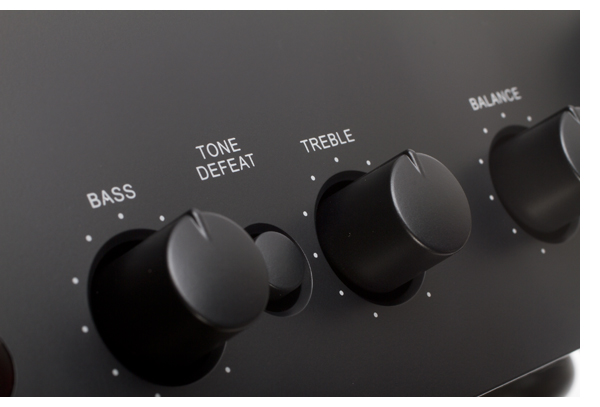
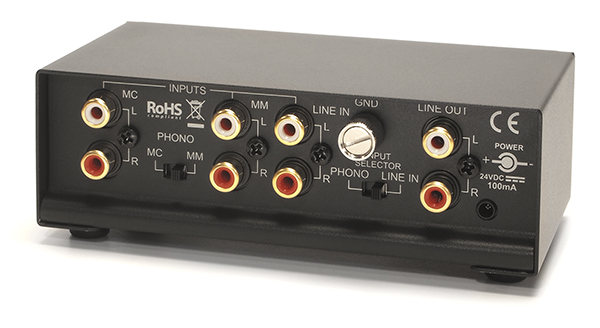 Excels With Digital Transfers
Excels With Digital Transfers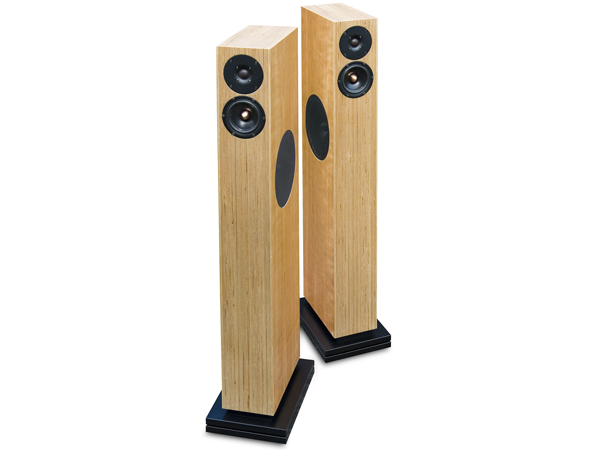 Designed by a Finnish musician and engineer, these tall and slim floorstanding speakers were “always musical and involving,” regardless of the source. We liked the speed and transparency as well, and the fact that the soundstage was so wide and deep that “it’s almost like listening to 5.1.” With bass extension down to 30 Hz, the Serenades are a well-balanced speaker that we recommend highly.
Designed by a Finnish musician and engineer, these tall and slim floorstanding speakers were “always musical and involving,” regardless of the source. We liked the speed and transparency as well, and the fact that the soundstage was so wide and deep that “it’s almost like listening to 5.1.” With bass extension down to 30 Hz, the Serenades are a well-balanced speaker that we recommend highly.